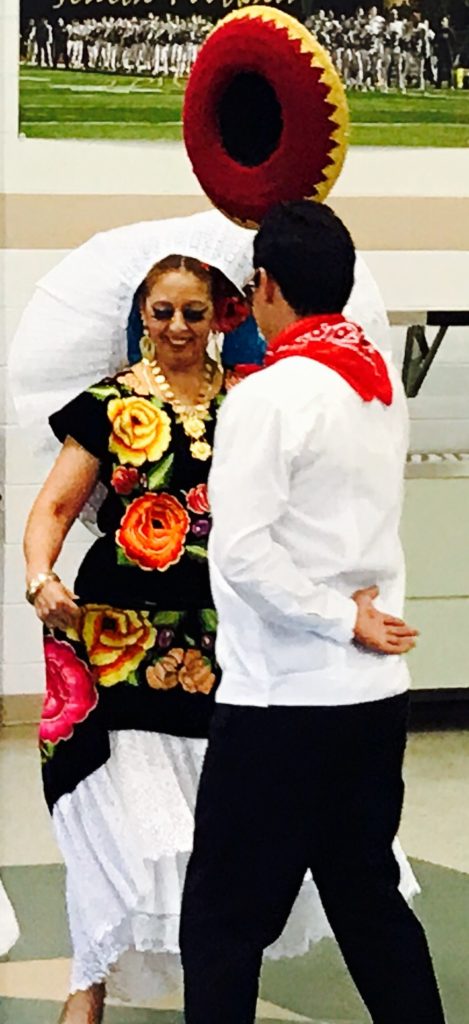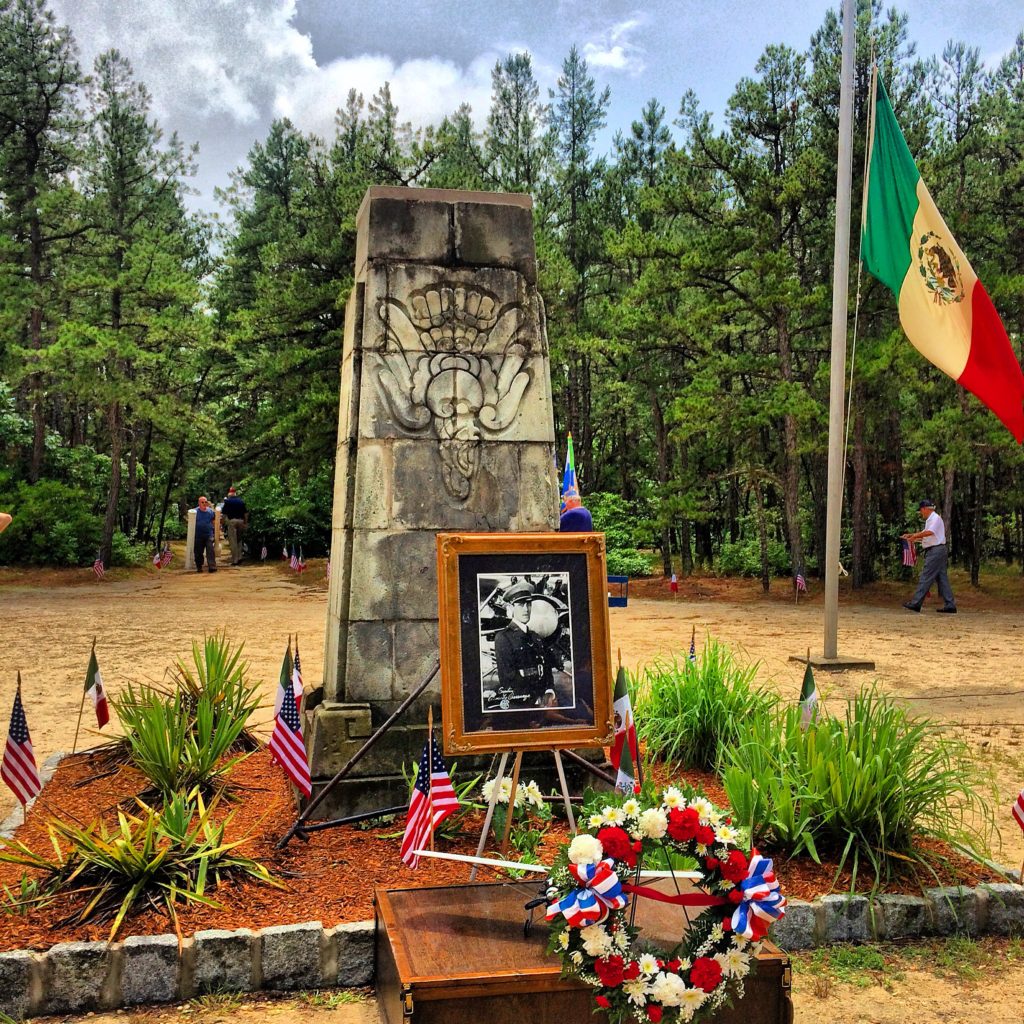
“…when I write I can shake off all my cares. My sorrow disappears, my spirits are revived…will I ever be able to write something great, will I ever become a journalist or a writer?”
For any reader of The Diary of a Young Girl by Anne Frank or one of its several noteworthy versions, “Anne Frank The Exhibition” at the Center for Jewish History pays respectful tribute to Anne Frank and her memory.
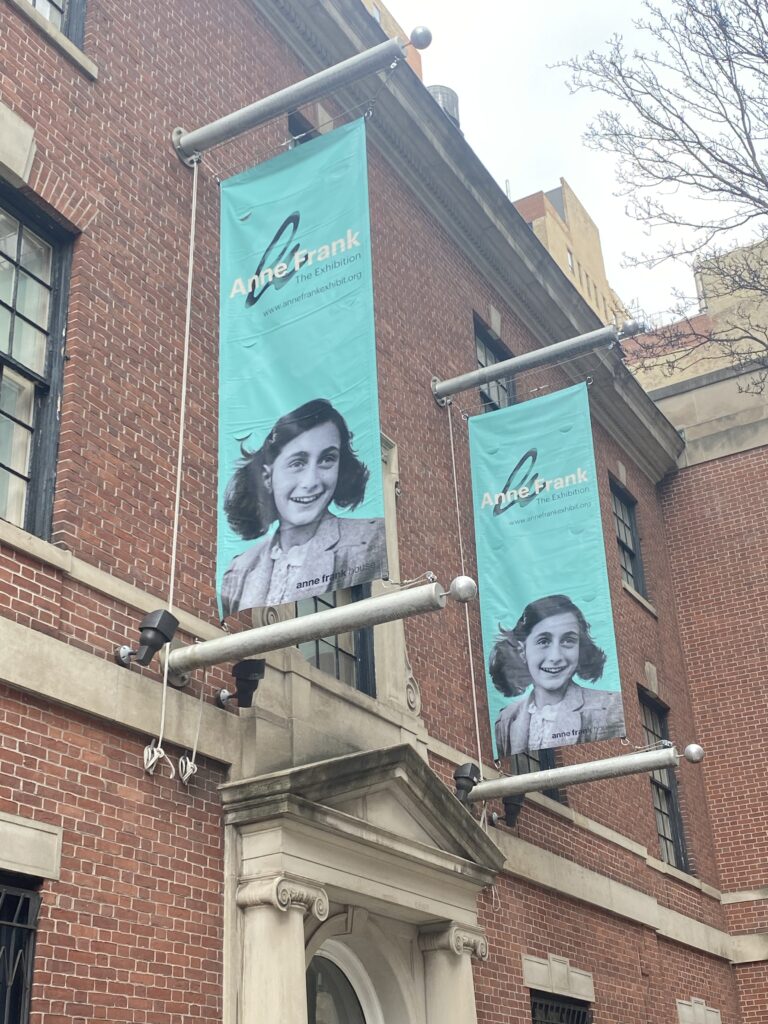
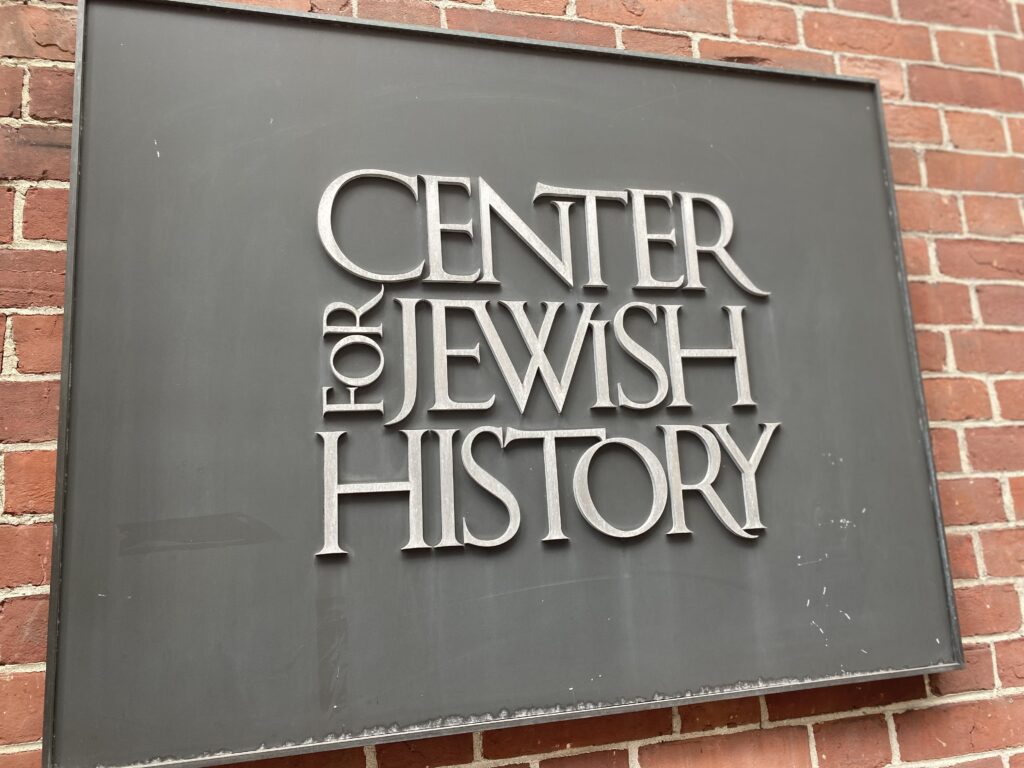
A knowledge of Anne’s brief life of 16 years, 1929-1945, humanizes the vast numbers lost in the Holocaust. The exhibition introduces visitors to Anne and her family with a collection of photographs and the family’s personal effects. Curated with dedication by Ronald Leopold, executive director of the Anne Frank House, and the Center for Jewish History staff, this brings the experience of her namesake Amsterdam museum to New York City. The exhibition places the Frank family in the framework of the time and shows how they and their fellow Jews lost their freedom, and many, their lives, with a rapid and chilling progression.
Commemorated by many on World Book Day, April 23rd, Anne’s diary is still read by students across the country, with an estimated 30 million readers worldwide and Anne’s original Dutch words translated into more than 75 other languages. Her incredible spirit is what struck me most after re-reading Anne’s diary following a visit to the exhibition. Many passages touch the heart – Anne was already what she wanted to be: a writer. Anne’s observations are insightful and often hilarious, which a reader might not expect going into this.
Anne received the diary for her 13th birthday, June 12, 1942, when she led a comfortable and relatively carefree life in Amsterdam after moving there from Germany at age five. Otto Frank had relocated his family from their home in Frankfurt, Germany due to the rise of the Nazis and antisemitism. Anne referred to her diary as “Kitty,” the name of a character from the popular novels of Cissy van Marxveldt that Anne enjoyed. Kitty became a friend to whom Anne wrote letters filled with her innermost thoughts.
Though social and popular, Anne found that she could not find genuine intimacy with her friends, being unable “to talk about anything but everyday things…We don’t seem to get any closer, and that’s the problem….”. Anne relied even more on her confidences with Kitty after the family went into hiding in the attic of the Opetka pectin factory that her father had managed.
Otto Frank, a former lieutenant with the Imperial German Army who received an Iron Cross for heroism in World War I, had tried to get his family out of the Netherlands as he had Germany. Not being Dutch citizens complicated matters, and with the help of some of his employees, he prepared a hiding place for them in the attic above his factory office. The Franks moved into “The Secret Annex,” as they called it, on July 6, 1942. Otto’s colleague Hermann van Pels, his wife Auguste and their son Peter, known as the “van Daans,” and Auguste as “Petronella” in Anne’s diary, joined them a week later. A kind man, Otto Frank thought they had room to help one more. Dentist Fritz Pfeffer, whom Anne refers to as “Albert Dussel,” joined them in November 1942. They remained together until August 4, 1944, when someone, still not known with certainty, betrayed them all to the Nazis.
The exhibition recreates the Secret Annex and the historical backdrop that led to the Franks’ seclusion. Visitors first immerse themselves in the lives of the Franks and then move on to the events that led to their retreat from the world. For those also fortunate enough to have visited the Anne Frank House, this exhibition underscores and refreshes that experience. Post-pandemic, visitors may have an even greater respect for the resilience of the Franks for having lived so long in such a confining way. The emotional repercussions of this resonate throughout Anne’s accounts. Going through adolescence (ages 13-15) in a fishbowl with scrutinizing adults was difficult for her, in combination with the claustrophobia they all felt. Yet Anne remained optimistic, “I’m blessed with many things: happiness, a cheerful disposition and strength…I feel liberation drawing near, I feel the beauty of nature and the goodness of people around me….:
One of their two lifelines was the Dutch friends who helped them: Miep Gies, Otto’s secretary, brought food and supplies and delivered mail for the group. She and Bep Voskuijl, the young secretary, helped Margot and Anne continue their studies by using their names to enroll in correspondence courses. Johan Voskuijl, Bep’s father and the warehouse manager, built the bookcase that ingeniously hid the entrance to the attic; Johannes Kleiman and Victor Kugler, Otto’s friends, helped run the office and bring supplies. Jan Gies, Miep’s husband, who fought in the Resistance, had connections that helped them operate in the attic.
Anne was deeply grateful to them: “It’s amazing how much these generous and unselfish people [the Dutch] do, risking their own lives to help and save others. The best example of this is our own helpers, who have managed to pull us through so far and will hopefully bring us safely to shore, because otherwise they’ll find themselves sharing the fate of those they’re trying to protect. Never have they uttered a single word about the burden we must be, never have they complained that we’re too much trouble….”
Anne admired their friends and the fighting spirit of the Dutch, “…my first wish after the war is to become a Dutch citizen. I love the Dutch, I love this country, I love the language, and I want to work here.” Under the harsh conditions and deprivation of war, unfortunately antisemitism surfaced towards the end of the war in the Netherlands. Though Anne was disappointed, she did not lose her love for her adopted country, and their Dutch helpers remained kind and loyal.
The other lifeline for Anne and those in hiding with her was the BBC Radio. BBC sponsored Radio Oranje, which allowed Queen Wilhelmina, living in exile in London, to reach her subjects who were under Nazi occupation. In a March 1944 speech on Radio Oranje, Dutch Education Minister Gerrit Bolkestein, also exiled in London, encouraged the public to keep diaries, letters, and any records from the war as evidence. His words inspired Anne to revise her diary for publication. Fifteen-year-old Anne, who had matured as a writer, began to edit the work that she had started at 13.
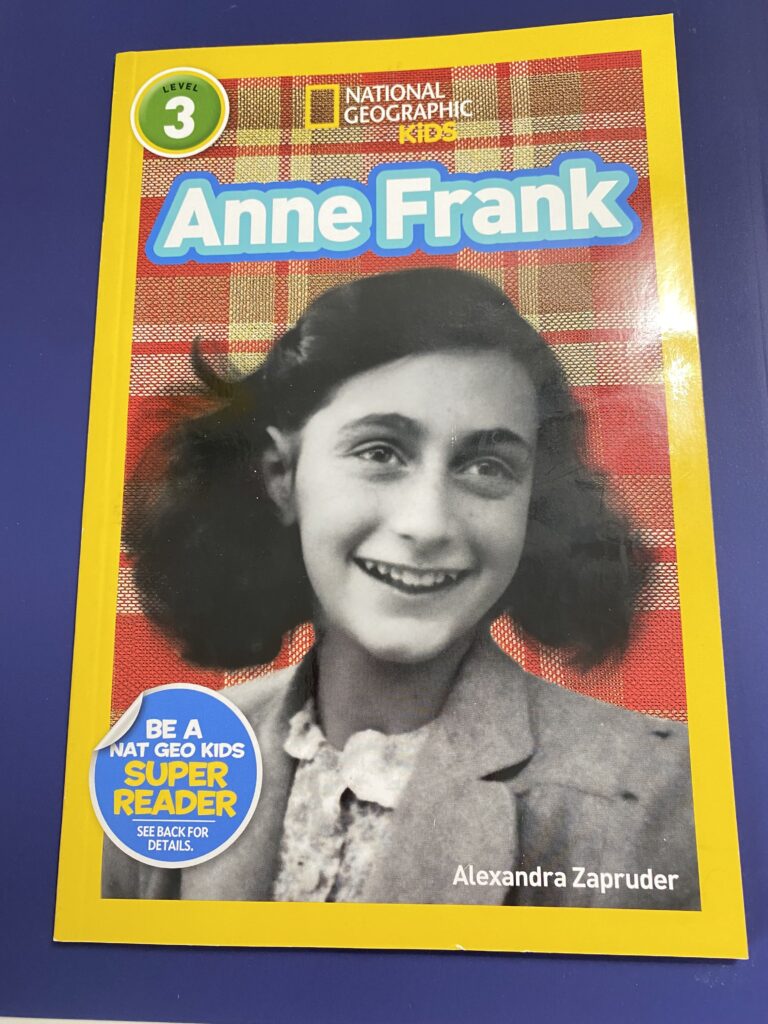
Younger readers may learn about Anne through a National Geographic Kids edition with helpful timelines and definitions, various picture books, and a more recent, vibrantly illustrated Anne Frank’s Diary The Graphic Adaptation (2018), though guided reading with parents is a suggestion. According to the Anne Frank House, there are two editionsof the diary itself. Anne’s original diary, begun at 13, is version A, Anne Frank’s Diary, and she referred to her later version, which she began editing, version B, as The Secret Annex. Helpers Miep Bies and Bep found and saved Anne’s writings, which included some of her fairytales and short stories. After they heard that Anne had died, Miep gave Anne’s writing to her father. In 1947, Otto Frank published Het Achterhuis (The Secret Annex), five years after Anne’s death. He added some of Anne’s original diary entries and fictional work; he left out an entry in which Anne criticized his marriage out of respect for his wife. The first English version was The Diary of a Young Girl, often referred to as “The Diary of Anne Frank,” published in 1952. In 1986, a “scientific” edition included Anne’s two versions with her editorial changes. (What I read or re-read was The Definitive Edition Anne Frank The Diary of a Young Girl.) Anne’s book has inspired a Pulitzer Prize-winning play by Frances Goodrich, Belleville-Nutley, NJ, and her husband Albert Maurice Hackett, NYC, movies, including anime and animation, and dramatic series with a recent one about Miep Gies, several of which the exhibition notes along with displaying one of the three Oscars for the 1959 Hollywood film version.
As Alexandra Zapruder share in the National Geographic Kids account of Anne’s life, there are other well-known diary accounts by Jews were in hiding, notably by: Otto Wolf, who hid in a forest with his parents; Peter Feigl, who hid in France with the aid of a Catholic, a Quaker, and a Protestant, and ultimately moved to the US; Yitskhok Rudashevski, who lived in a Lithuanian ghetto; Mirian Korber, a Romanian living in the Ukraine who later became a doctor, and siblings Peter Ginz and Eva Ginzova, who lived in the Terezin ghetto in German-occupied Czechoslovakia; Peter died, but Eva lived on to become an artist. Many students have read Elie Wiesel’s moving Night about his experiences with his father in the Auschwitz and Buchenwald concentration camps. What may not be as familiar is “Fighter” (2000), a touching documentary by Amir Bar-Lev about Czech war hero Jan Wiener and writer Arnost Lustig. The Jewish aviator and the concentration camp survivor retrace Jan’s journey from Nazi-occupied Czechoslovakia to England where he became a pilot with the Czechoslovak 311th Bomber Squad RAF.
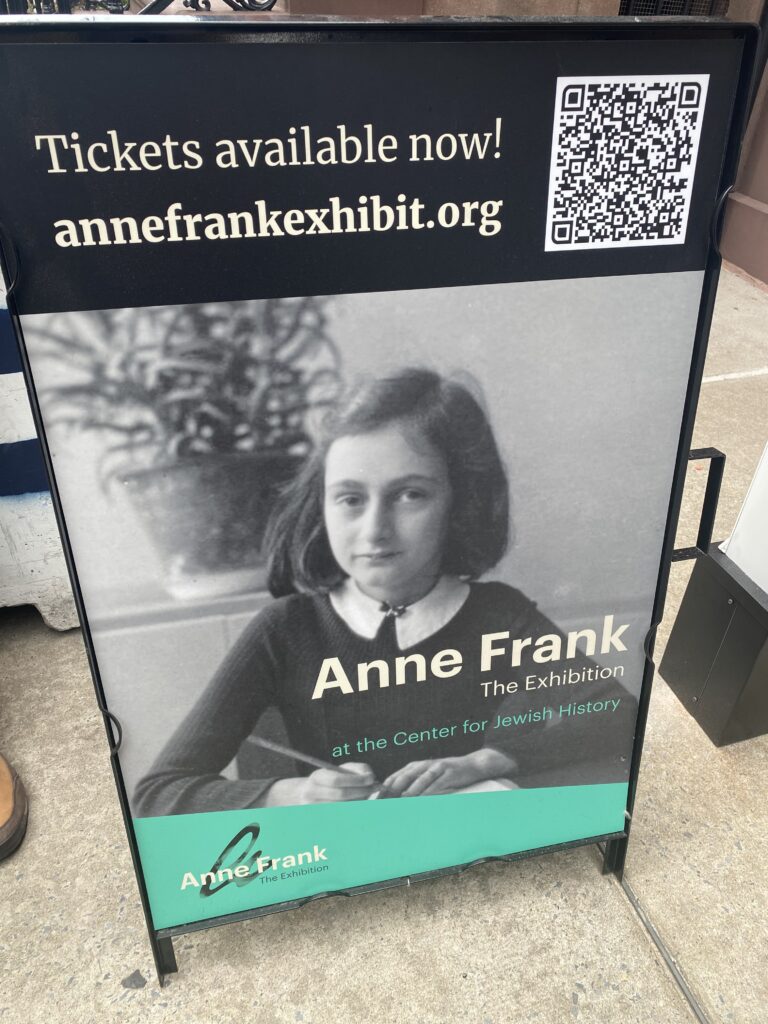
“Anne Frank The Exhibition” is only at the Center for Jewish History through October 31st. Seeing the exhibition takes about an hour. For the reasonably priced tickets, please reserve online. Hours are Sunday-Thursday 9:30 a.m. till 7:30 p.m. and Fridays 9:30 a.m. till 3:30 p.m. Closed on Saturdays. The exhibition contains historic documents and items sensitive to the light, so photography is prohibited except for the press. Allow extra time for a security check at the entrance. The security presence around and in the museum conveys the commitment of the administration and staff.
During these beautiful spring days, Holocaust accounts of those remembered on Yam HaShoah, April 24th, and on International Holocaust Remembrance Day, January 27th, may seem distant. To remember them, however, is to show our compassion. To honor them is to go forward without repeating the mistakes of the past.

(Sources: annefrankhouse.org, centerforjewishhistory.org, britannica.com, screenrant.com, wiki)
“A 1970s Snapshot”
In a 1970s snapshot, our family lived in a New Jersey suburb that was as much Jewish as it was Christian at the time. The only cultural divide was a short-lived debate of whether or not to have Christmas trees or menorahs in public schools during the holidays. Ultimately, I believe “go for it” was the decision with decorations for all. When Adam Sandler’s “The Chanukah Song” rolled around in the ‘90s, which brought everyone together through laughter, the brief back and forth was a distant memory.
With our surname “Levey,” which is Irish and perhaps once spelled “Leavey,” I sometimes got “Happy Holiday” cards given by classmates from whom I received communion at a Catholic girls’ school. The mix-up was sweetly funny but reflected genuine consideration, and I appreciate it when anyone wishes me well. If people sometimes probed, I followed my parents’ respectful cue of not clarifying our religion out of consideration for our Jewish neighbors.
The playful could become serious. Our father, who had started out struggling as a Depression-era child in Northeastern Pennsylvania, worked incredibly hard and eventually traveled internationally on business. He often went to Beirut, the “Paris of the Middle East,” as it was known, one of his favorite places for its beauty, the people, and its cosmopolitan atmosphere. Around 1970, worldwide hijackings began to rise. As tensions began in Beirut before the war in 1975, travel became dangerous. Though it may be difficult to believe, flight attendants at the time either held or collected the passports of passengers with Jewish-sounding surnames to expedite hostage-taking for potential hijackers. The attendants likely did this upon instruction in the hope of sparing the rest of the passengers and crew. Whether they were US-owned airlines or international, I do not recall, but on one flight, an attendant held my father’s passport. He did not identify himself as a Christian and did not ask for the return of his passport.
When our father came home, he shared this with our mother in an understated way while he unpacked. I was in junior high, old enough to understand what this meant, and though I was worried about him, I admired his courage. He did not mention if the bystanders on the flight questioned this practice. Though we never discussed his decision, I imagine that in the moment, he thought what he taught us, “There but for the grace of God go I.” When flight attendants held his passport for a second time, his response was the same. Mercifully for us, the US banned travel to Beirut, which ended his trips there, though he followed the news with concern for friends and former colleagues.
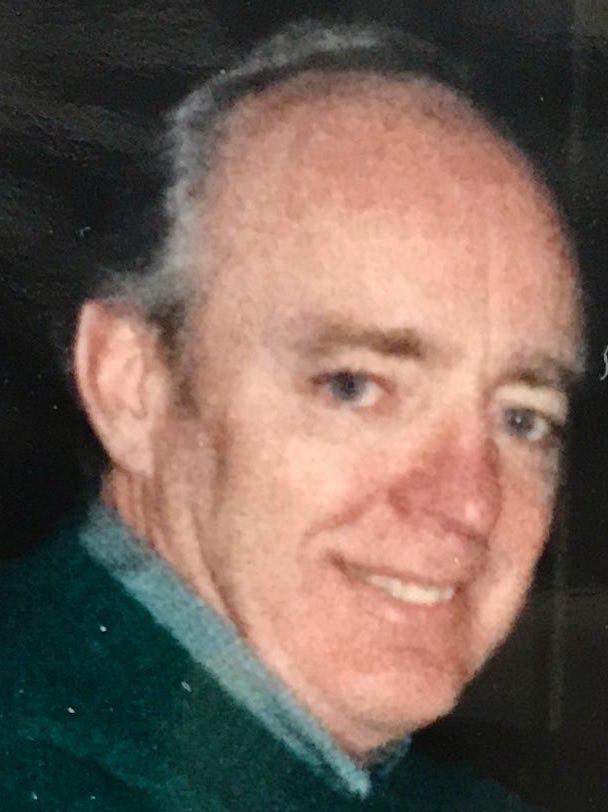
Though I do not have answers or definitive thoughts on hatred or unkindness towards any people, from teaching, I do know that bullying often starts small. Every teacher knows that even a hint of bullying must be addressed immediately, or it may spread, perhaps even virally, through social media or aided by the passivity of others. The ideal is an environment that encourages kindness, empathy, and connection, so students are self-aware regarding their behavior and its potential effect on others. Students who learn to look out for each other as classmates will one day make great neighbors and want to contribute to their communities.
Going back to an early life lesson, on some Saturdays, our father used to take my brother and me to his office downtown in New York City, which was exciting. We would play with the adding machines while he worked. On the way to or from his office, we would stop by the World Trade Center to check the construction progress from a cavernous hole to a marvel of engineering. On those stops, our father used to impart his hard-won wisdom. One observation that resonates the most is, “In life, you have to decide, are you going to build or are you going to tear down?” For all of us, this remains a fundamental life question.
“Anne Frank The Exhibition” All Rights Reserved ©2025 Kathleen Helen Levey






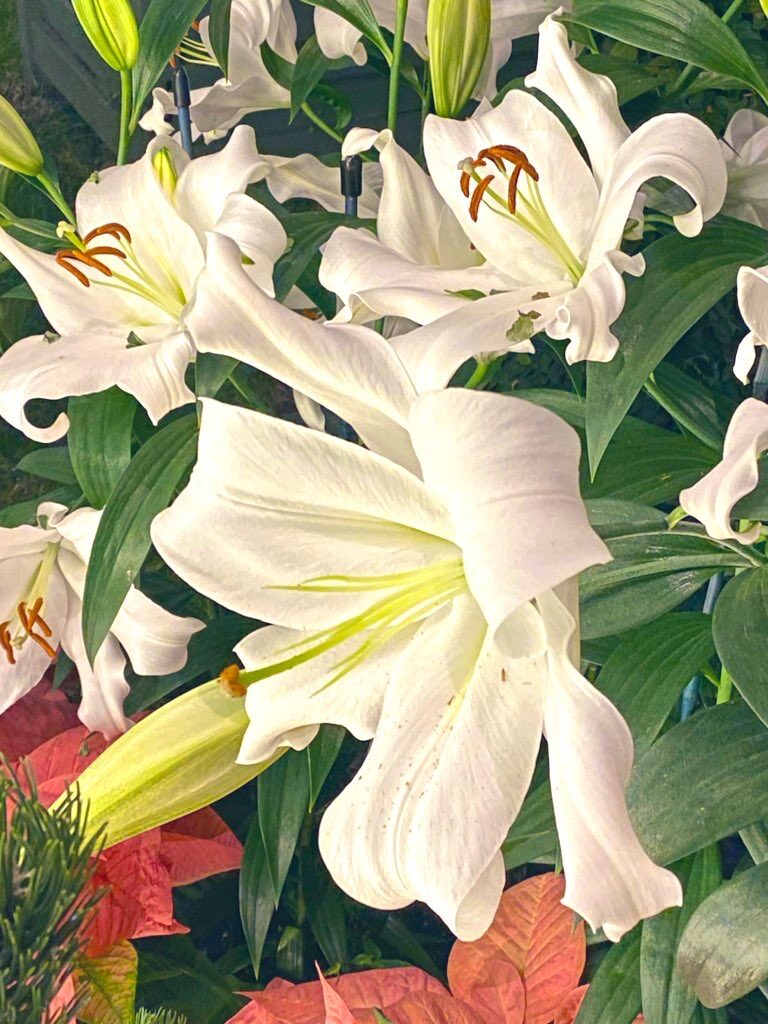



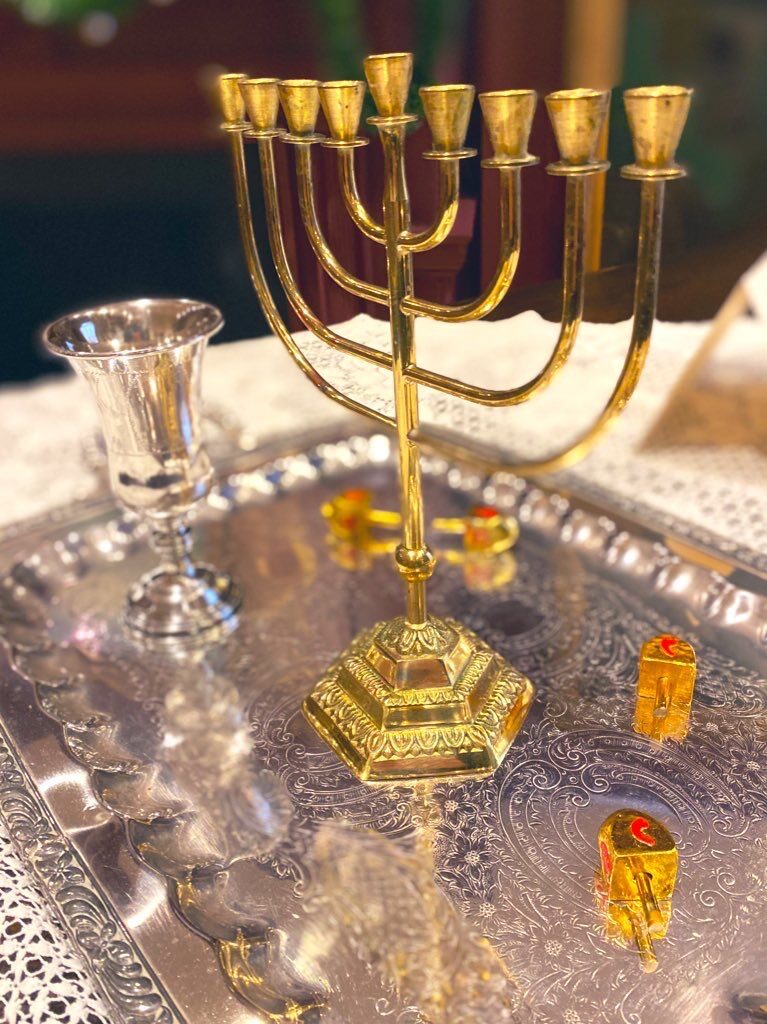


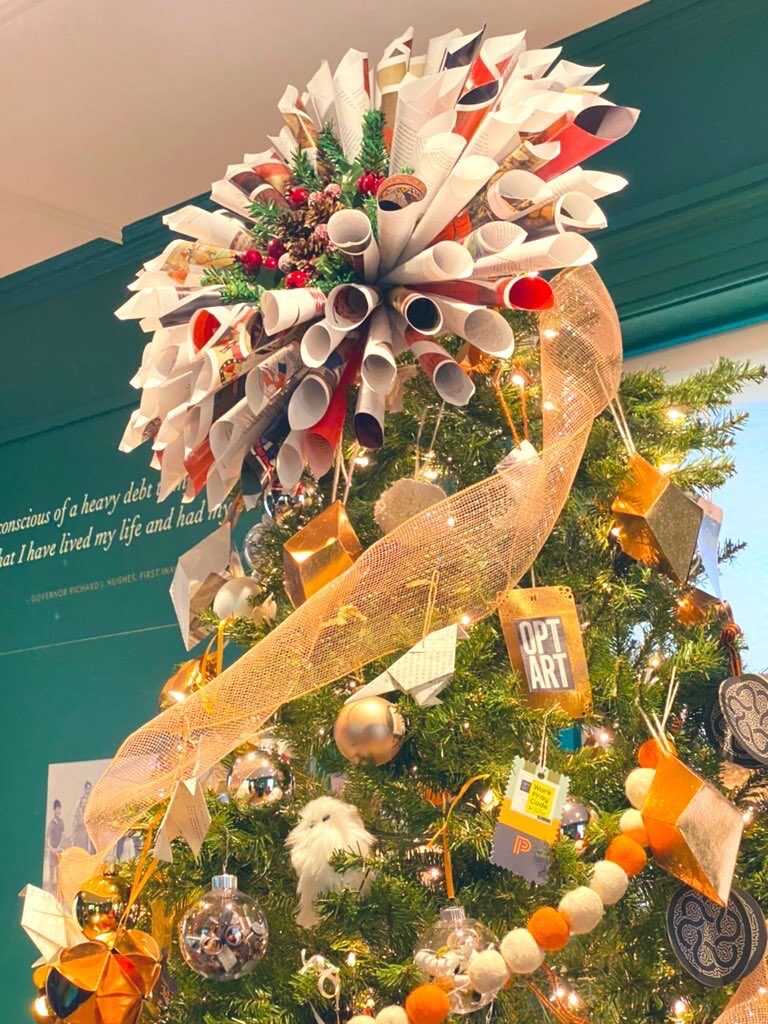
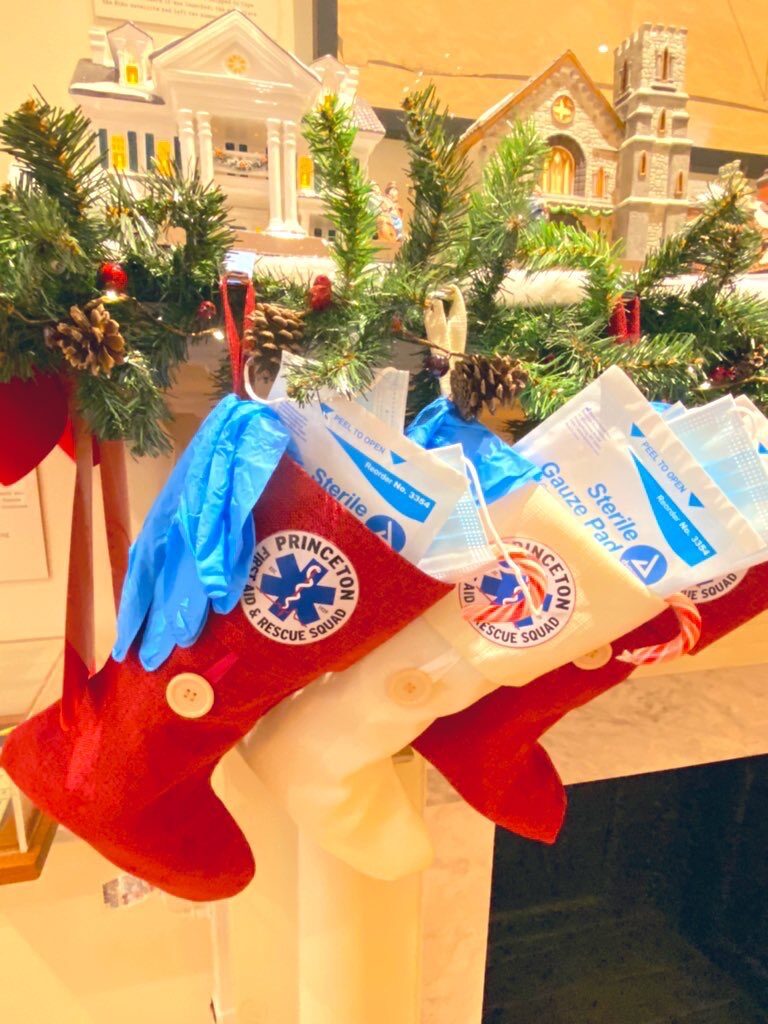
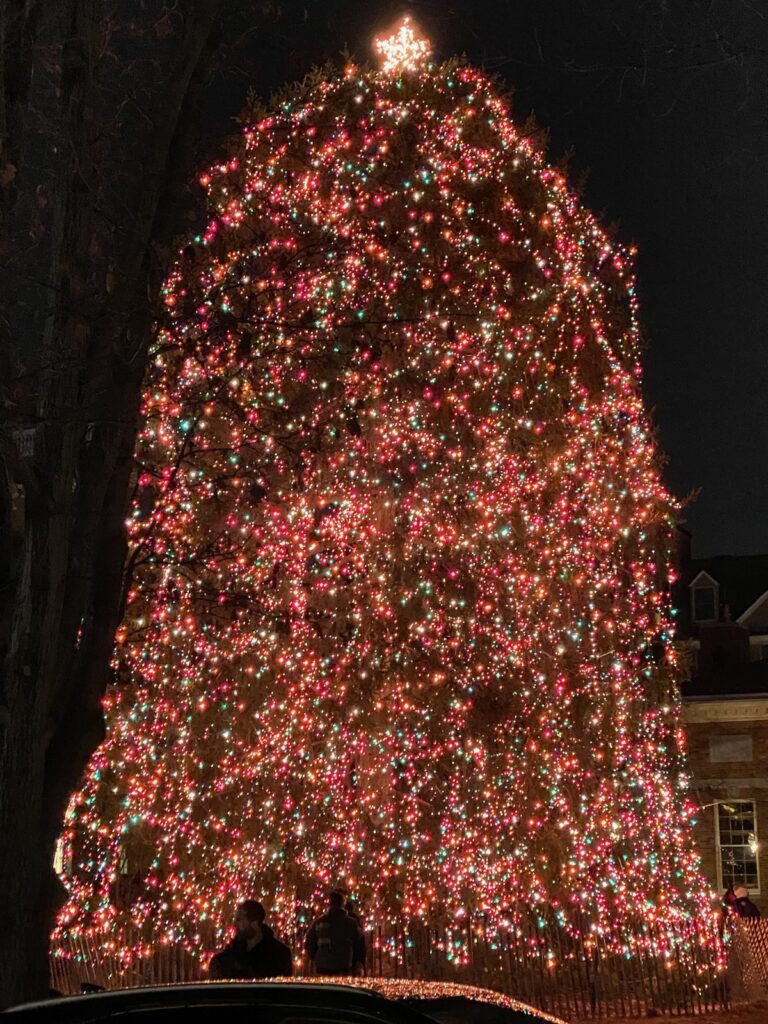

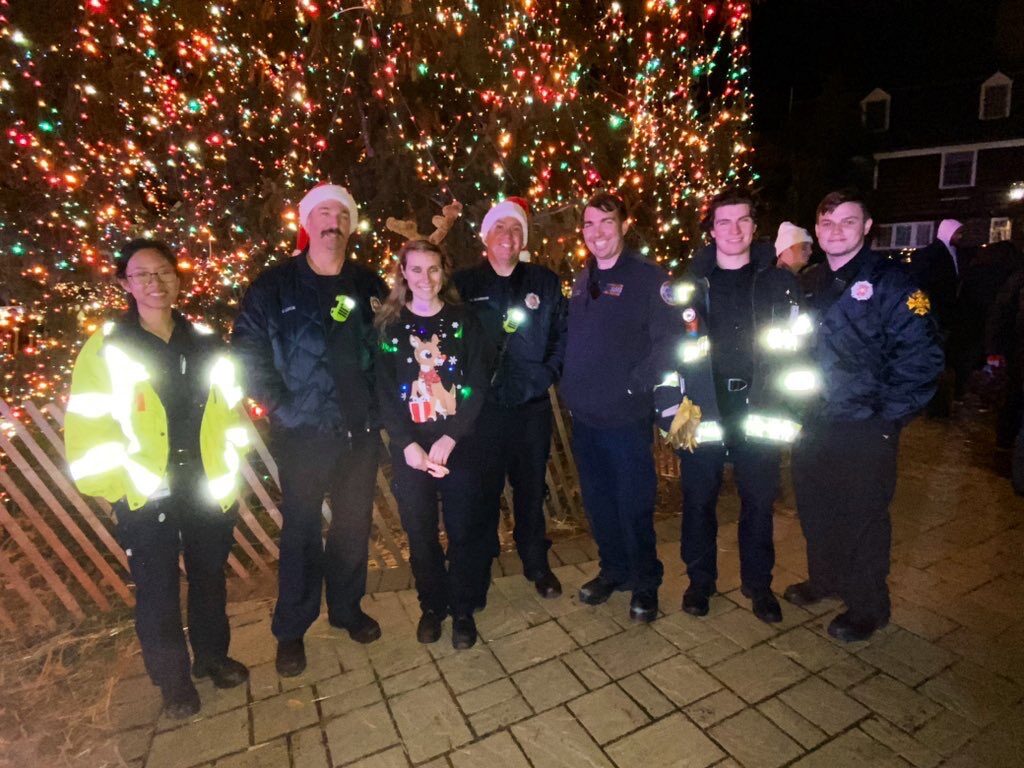
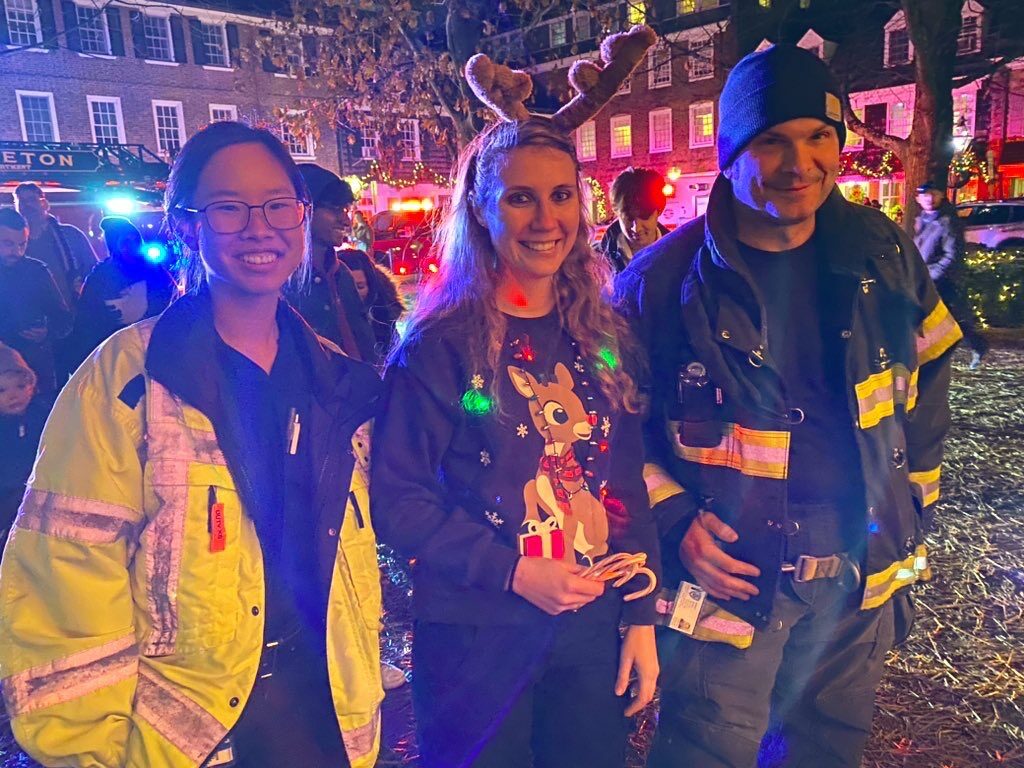



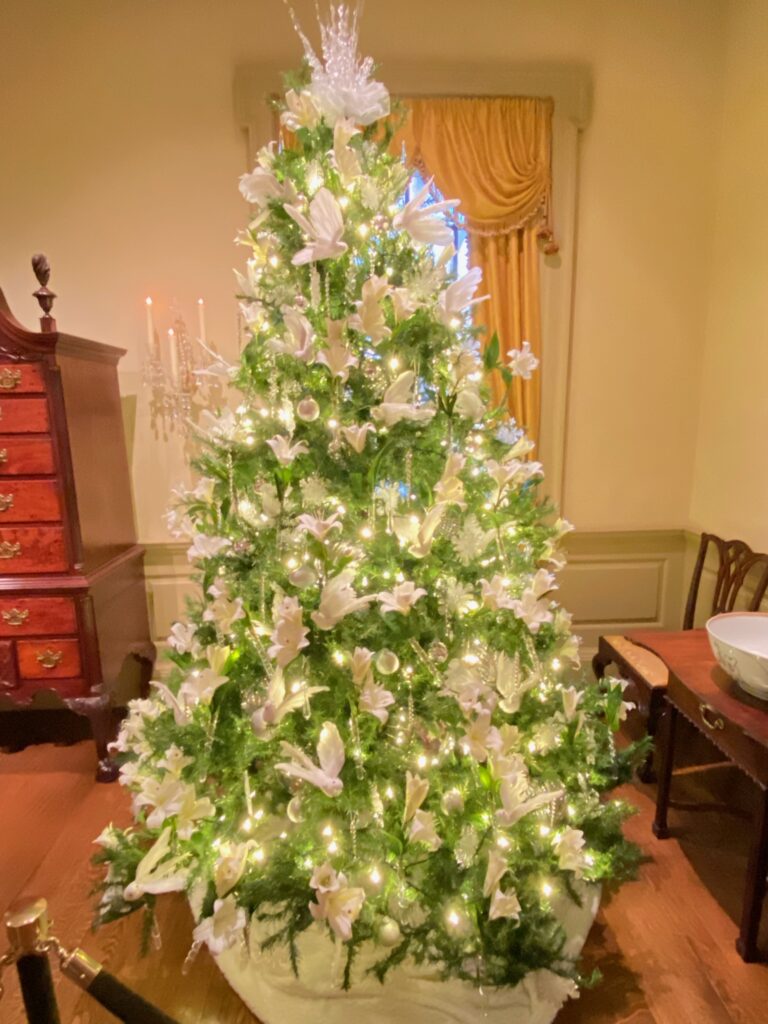
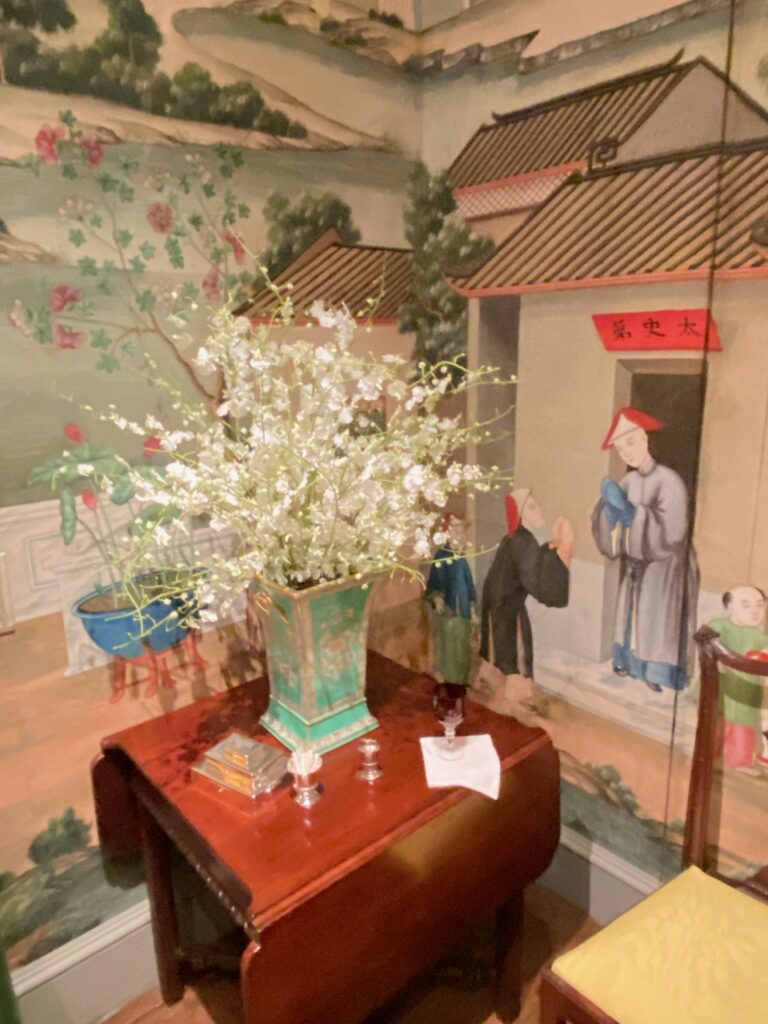
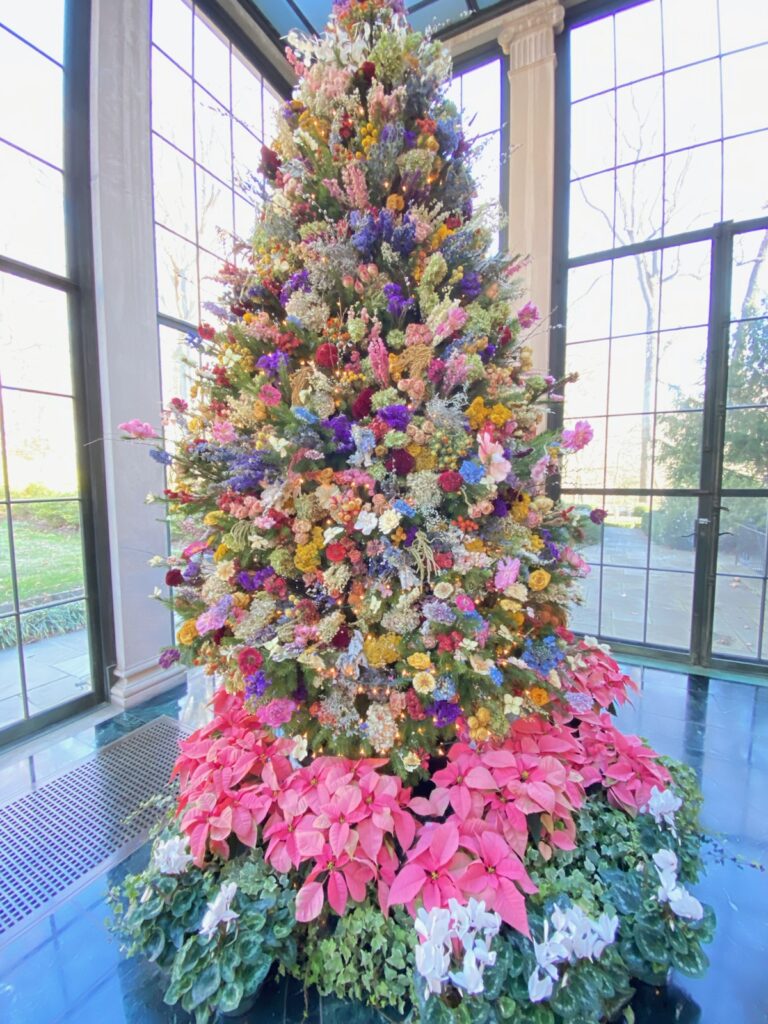
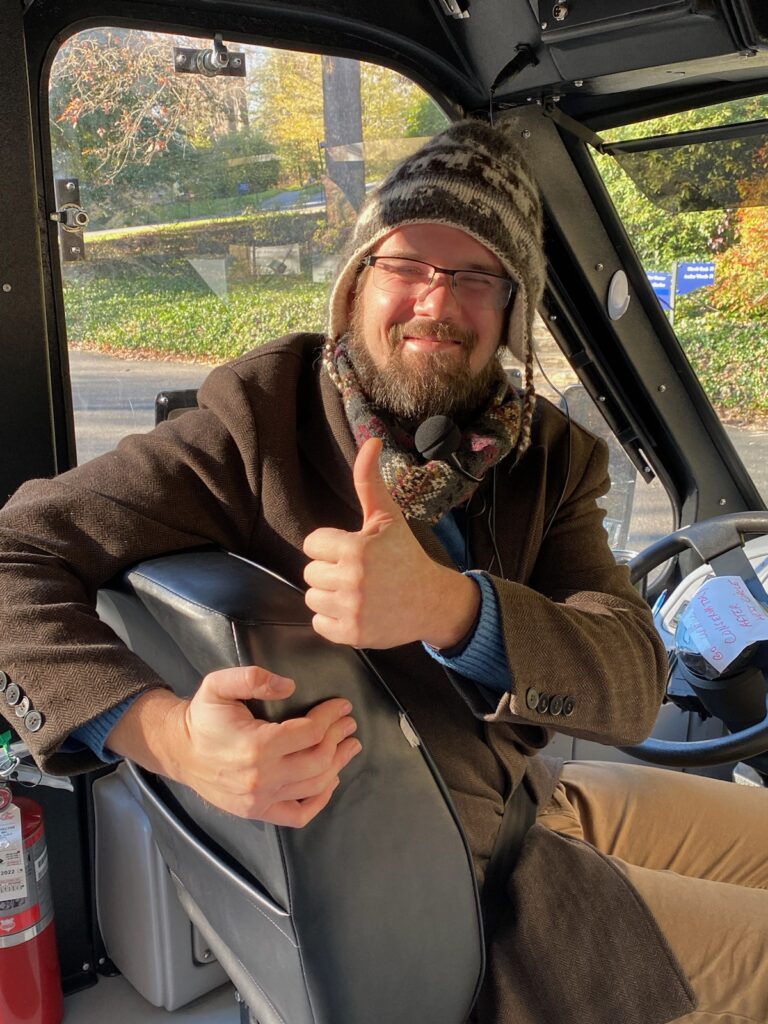


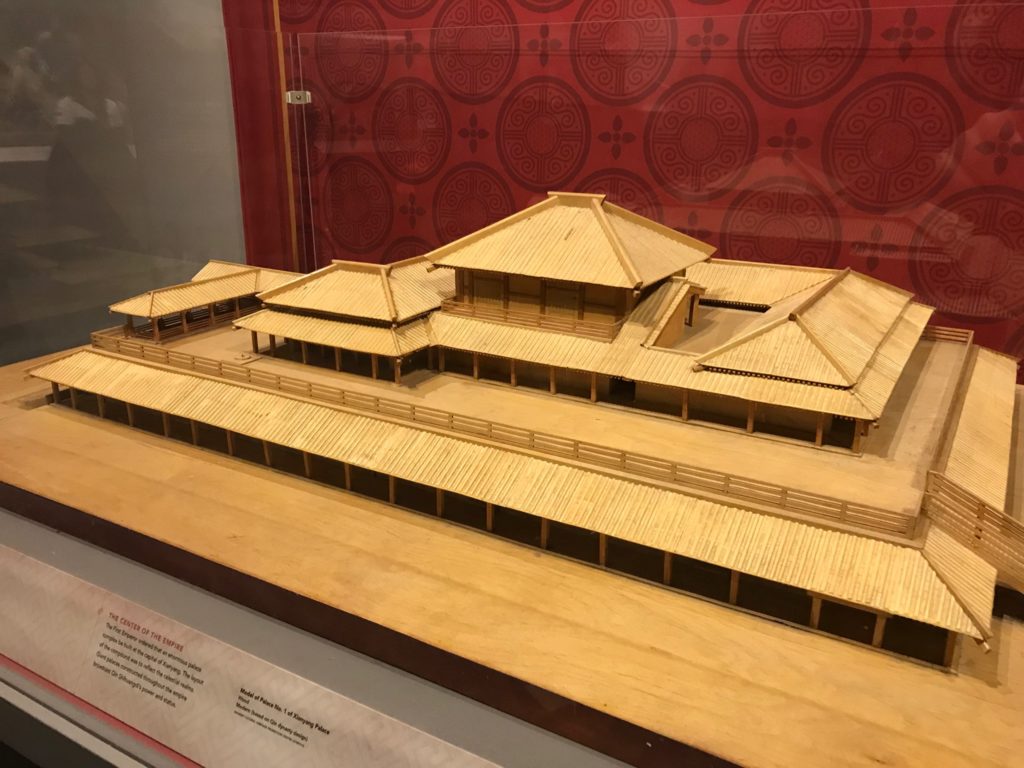
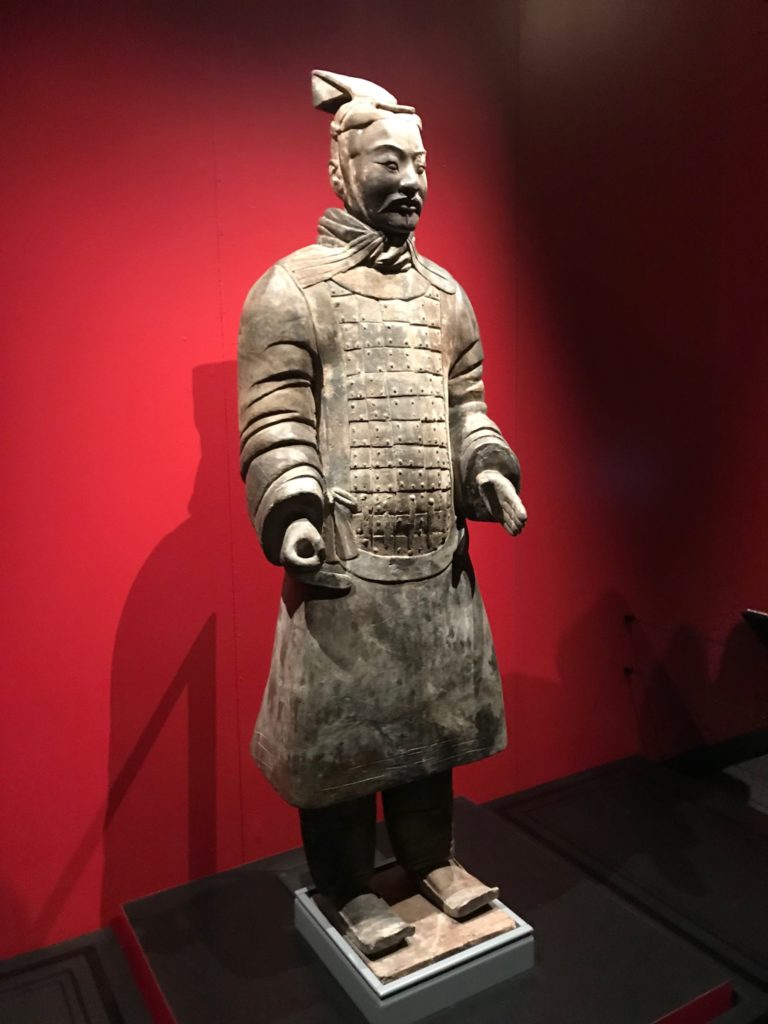

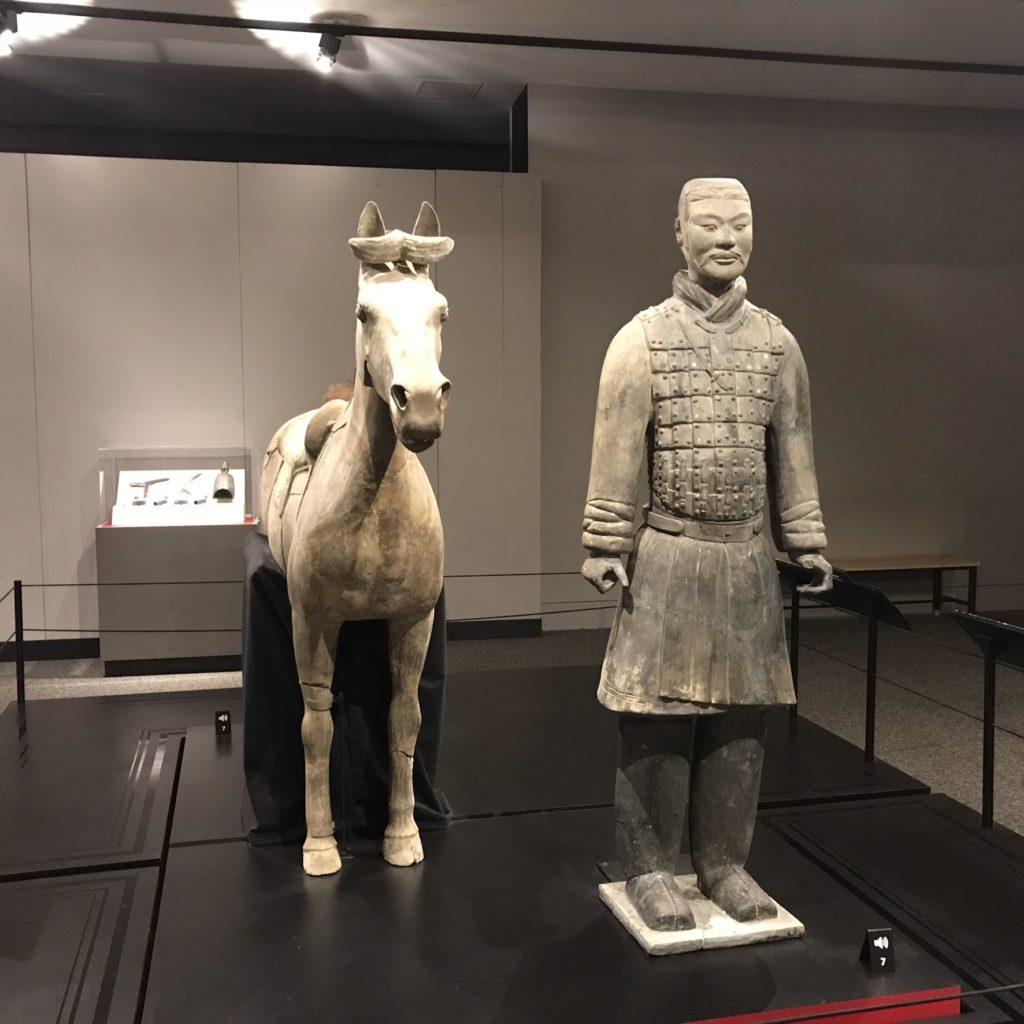
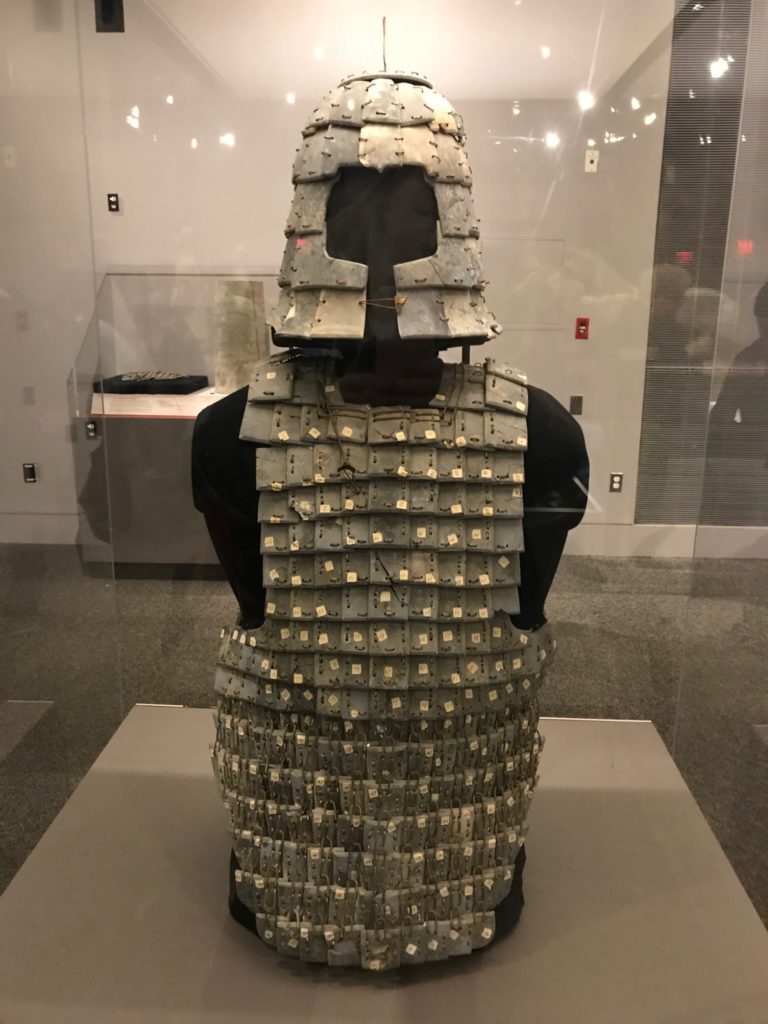
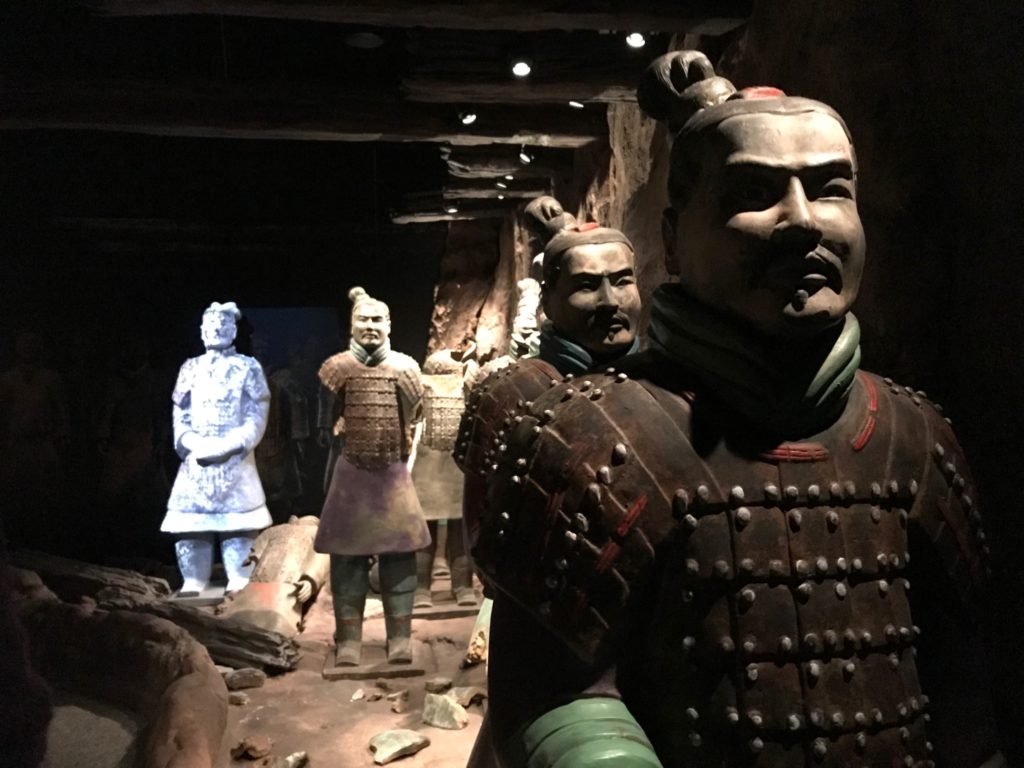

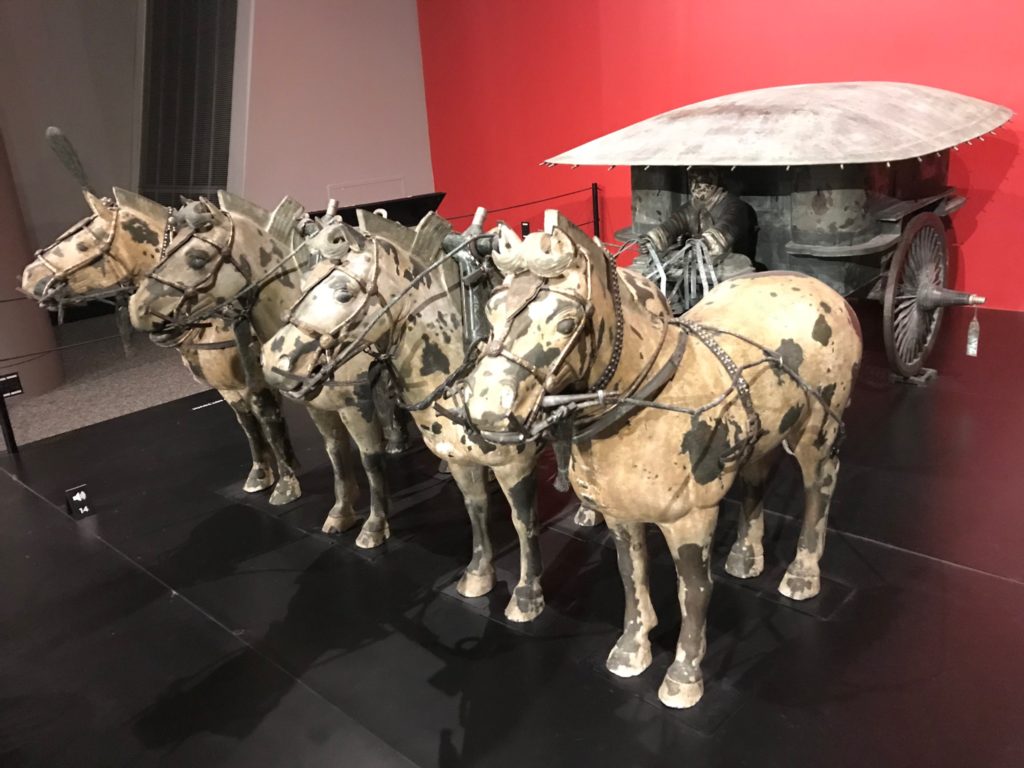
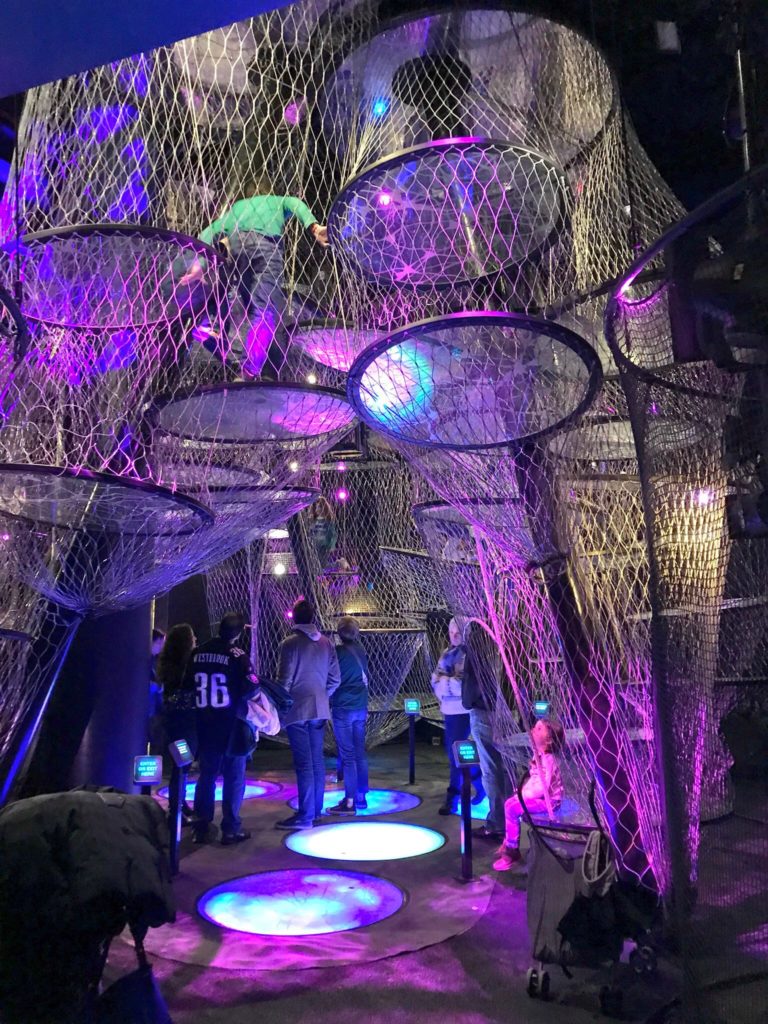
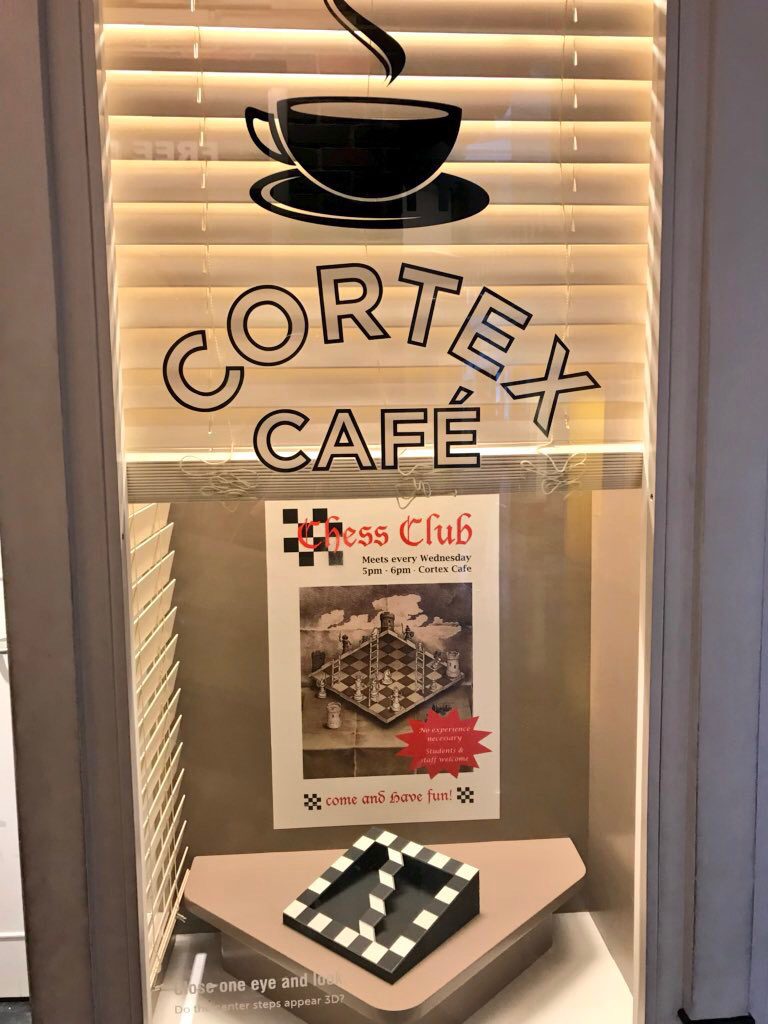
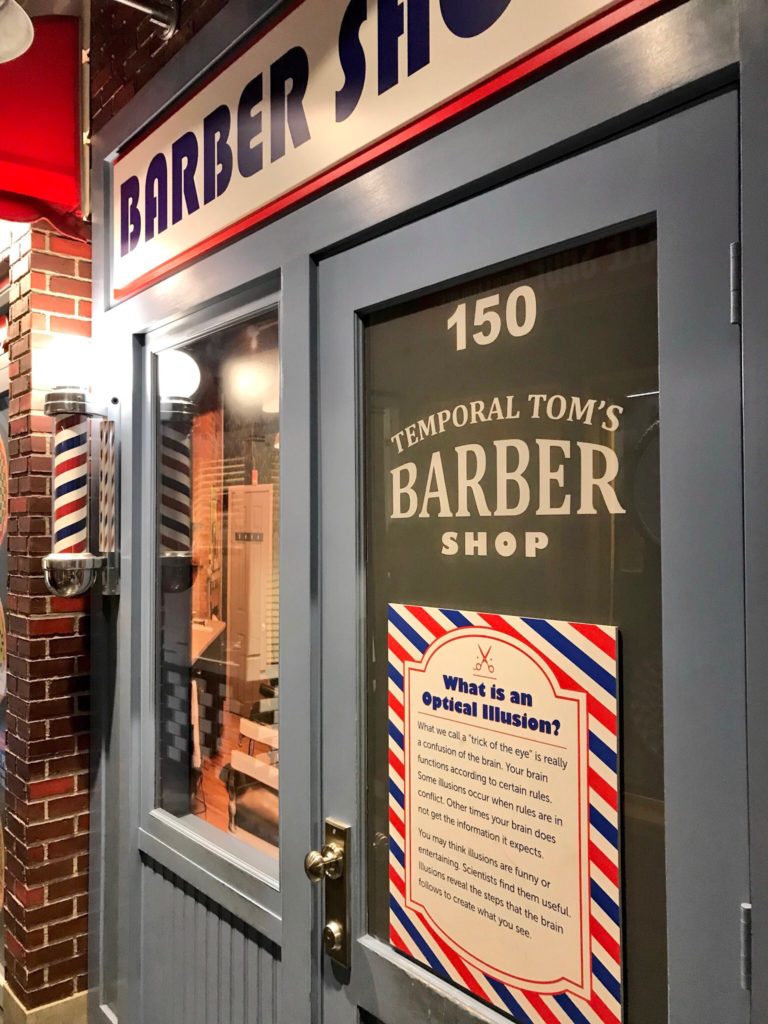
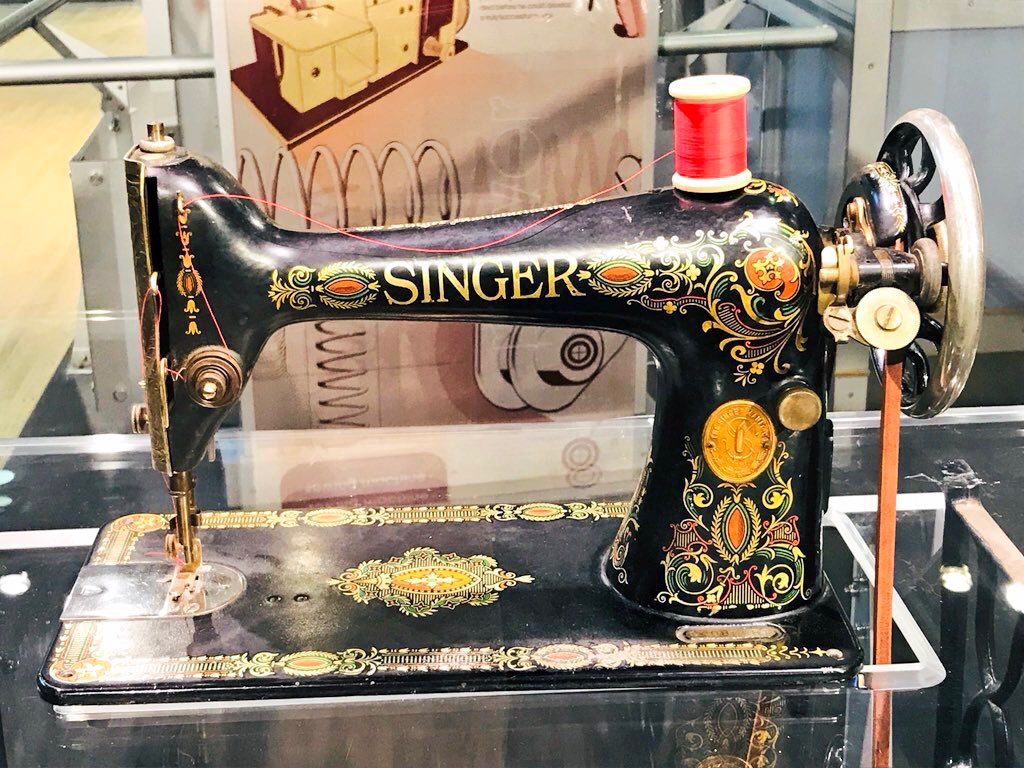


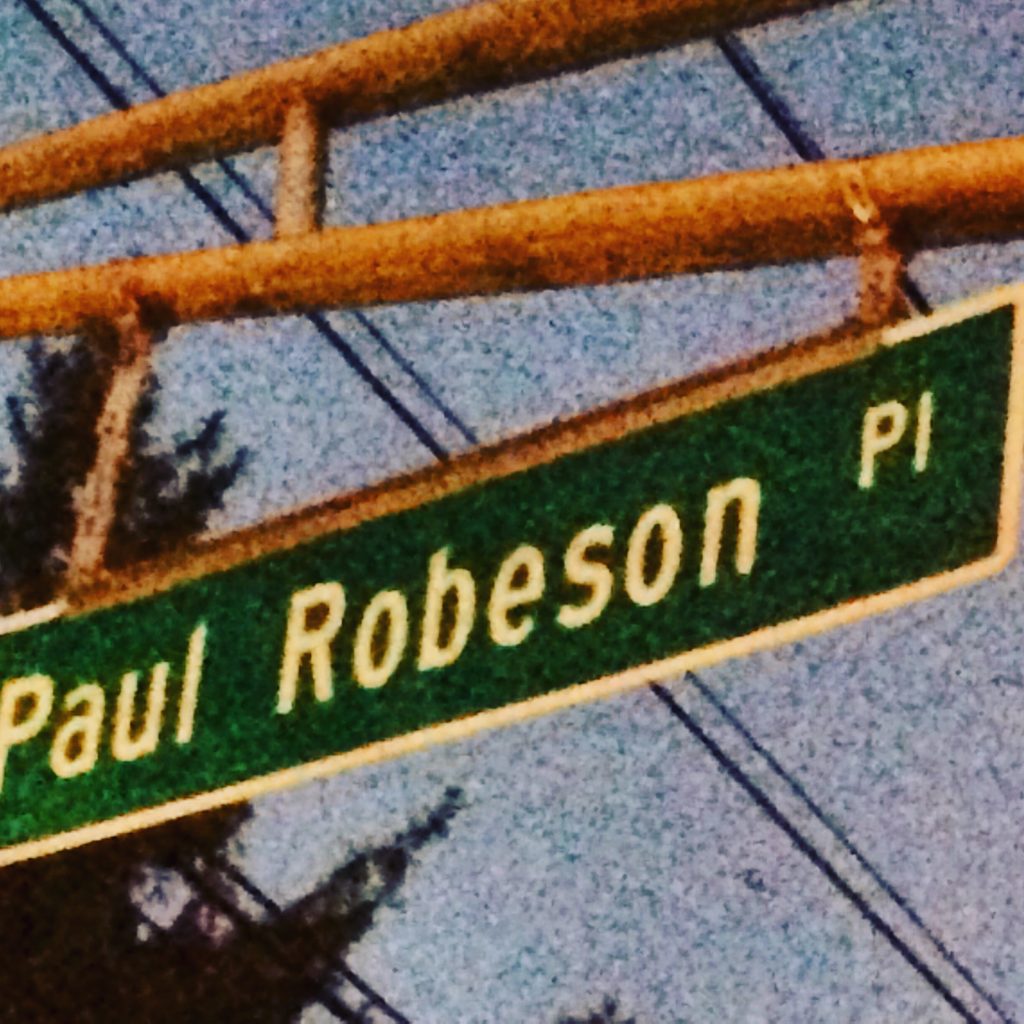
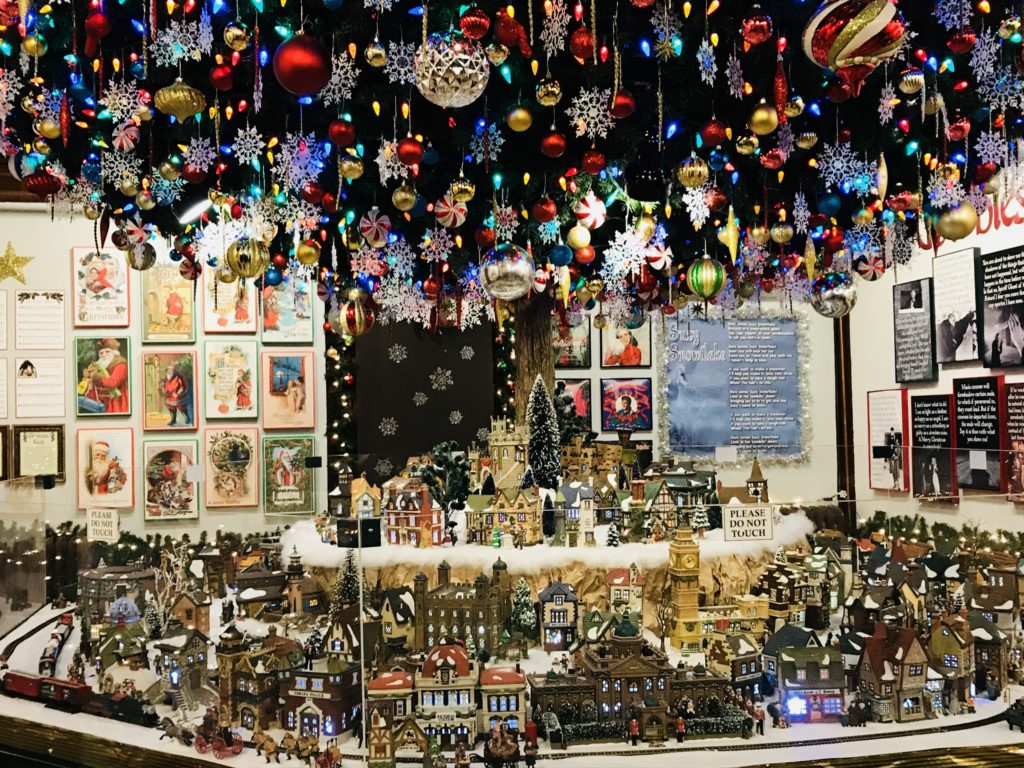
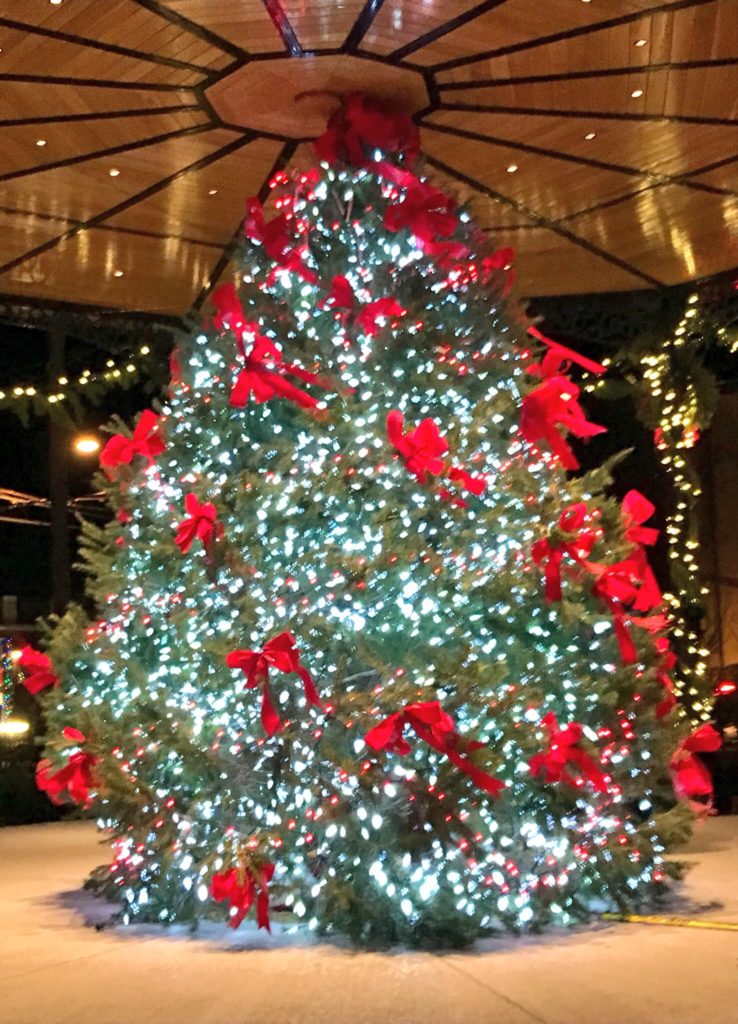
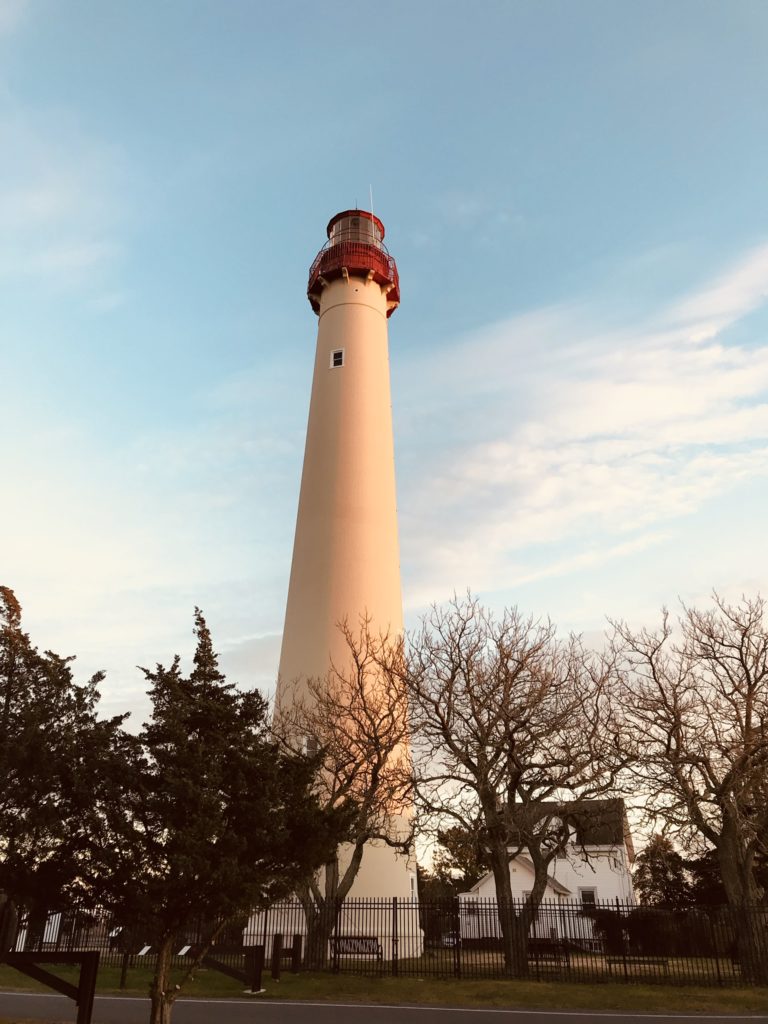


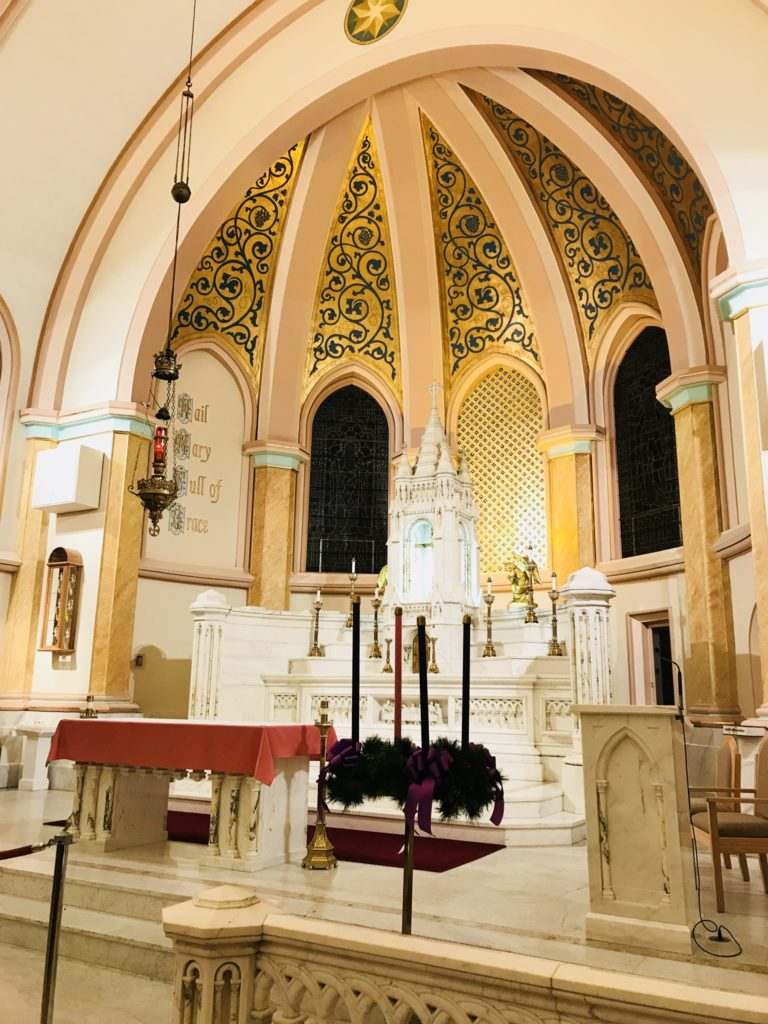
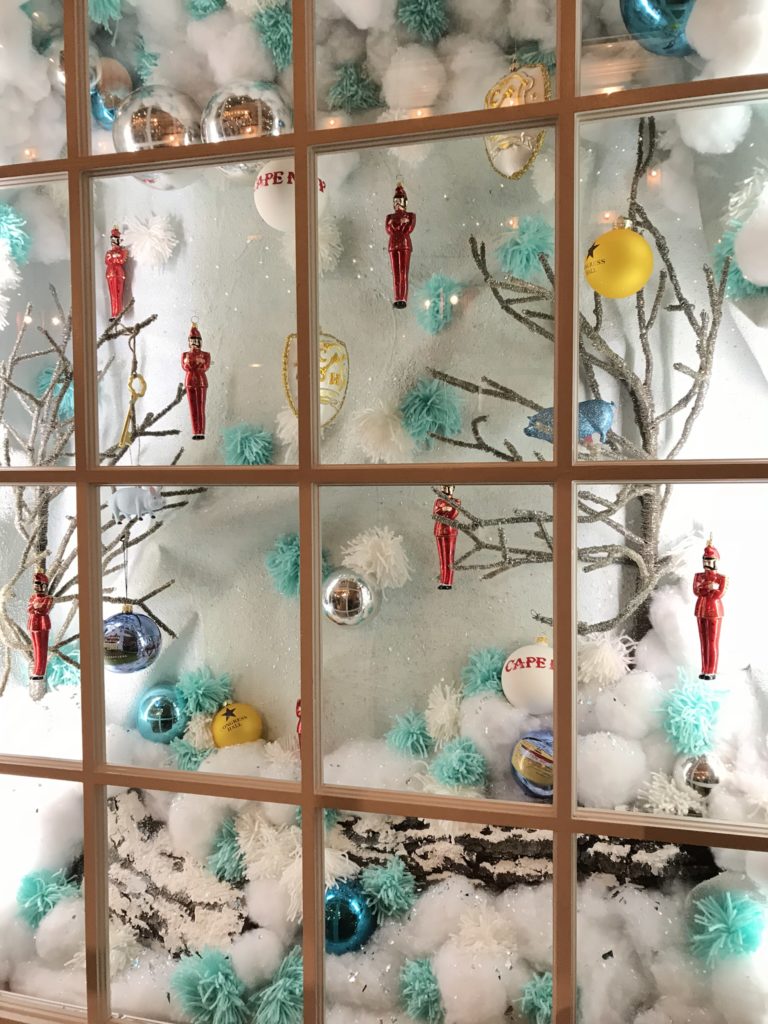
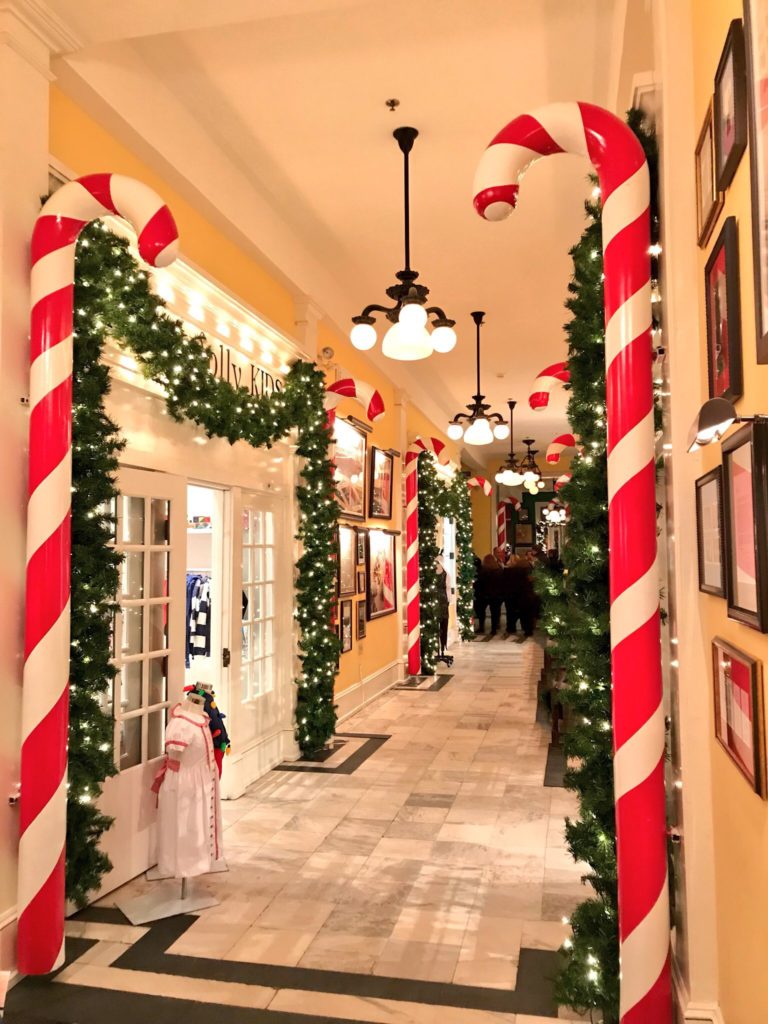
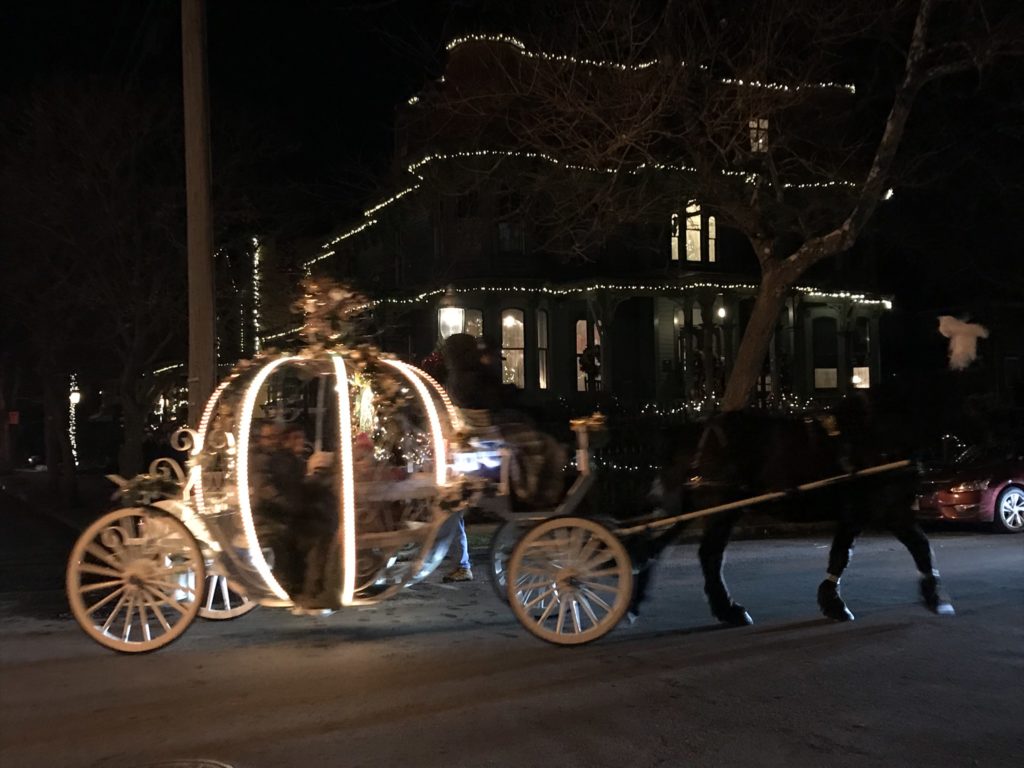
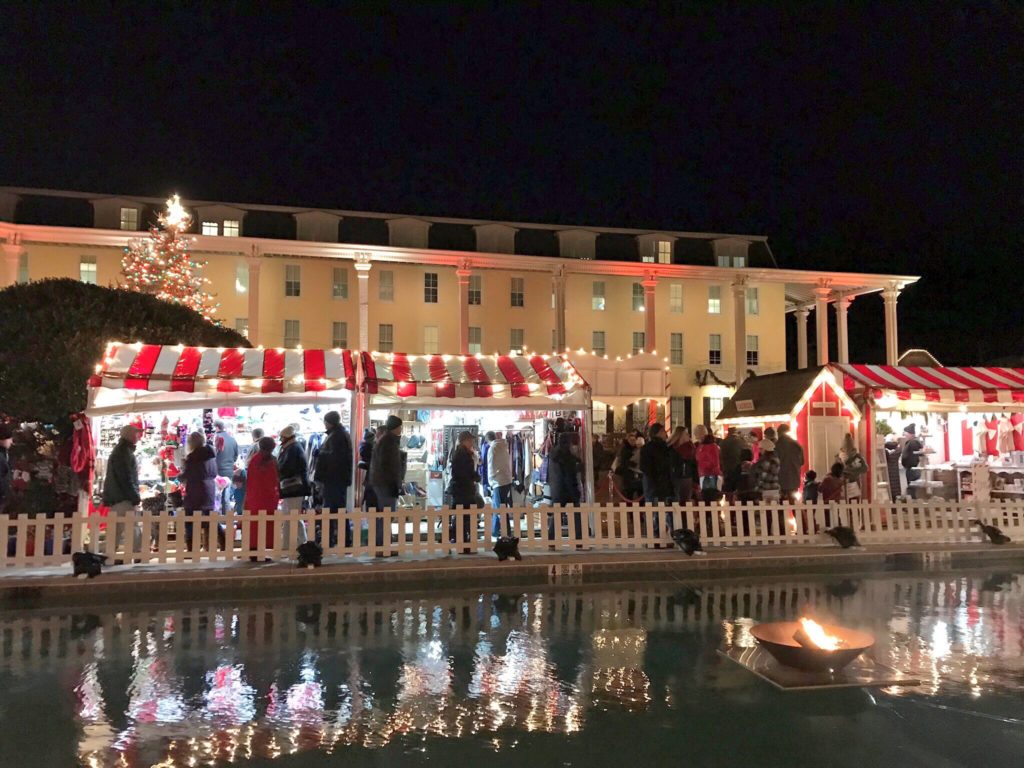
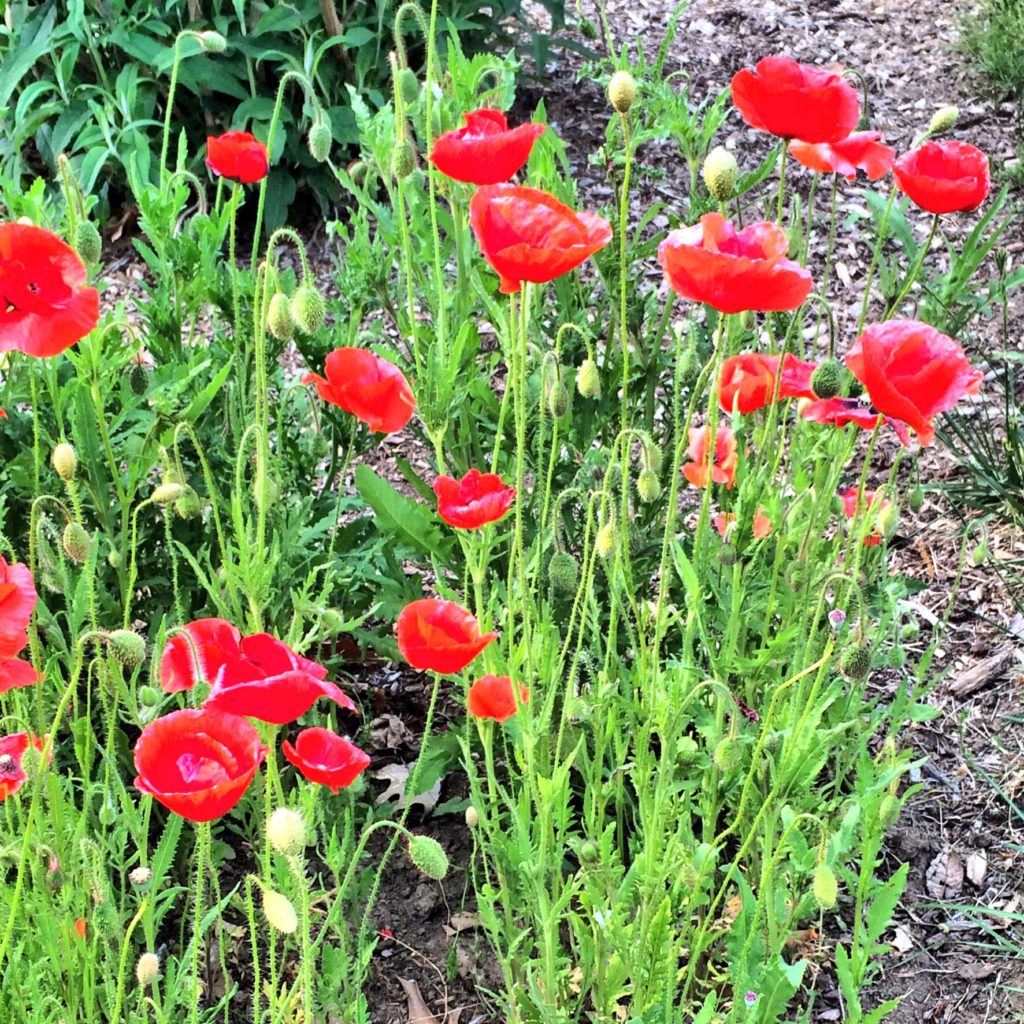
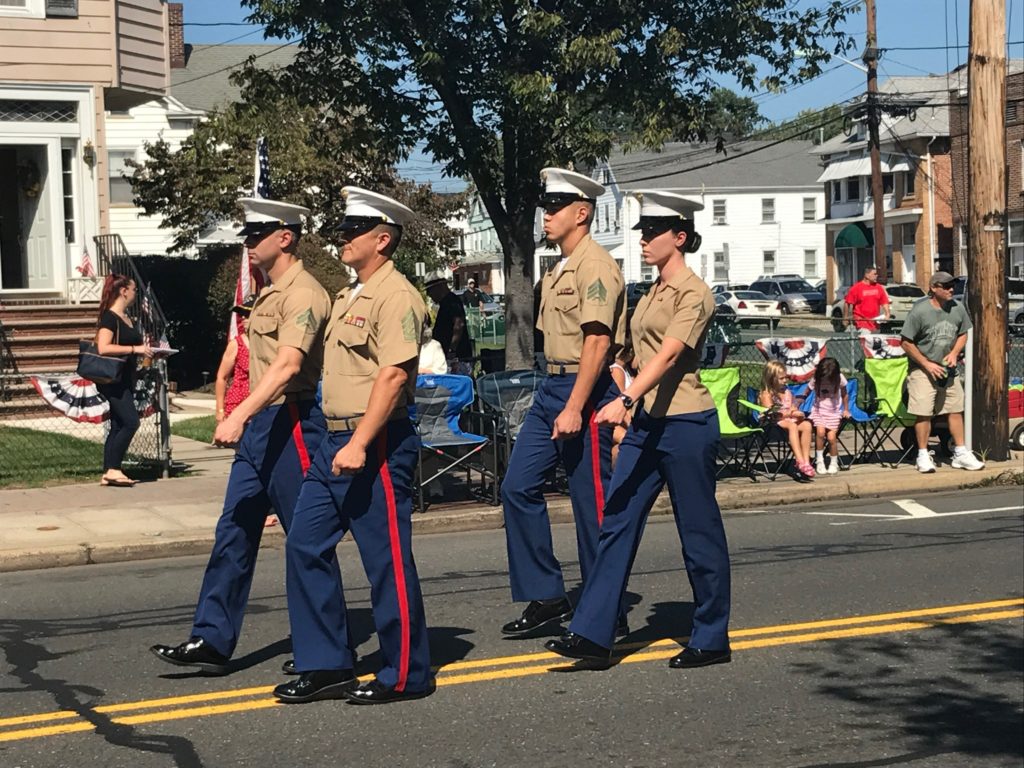 Raritan’s annual parade in Sergeant Basilone’s honor each September is a proud event with many veterans and Marines participating. The link below leads to video of the tossed-candy fun at this year’s parade along Somerset Street. The children, all delightful in this year’s crowd, are mostly off-frame, but they were even sweeter. Our mother, who attended for many years, exclaimed when hearing this, “It’s a first-rate parade if they’re giving out candy!” In the generous spirit of Sergeant John Basilone, his family, and the local communities, the borough invites everyone to attend.
Raritan’s annual parade in Sergeant Basilone’s honor each September is a proud event with many veterans and Marines participating. The link below leads to video of the tossed-candy fun at this year’s parade along Somerset Street. The children, all delightful in this year’s crowd, are mostly off-frame, but they were even sweeter. Our mother, who attended for many years, exclaimed when hearing this, “It’s a first-rate parade if they’re giving out candy!” In the generous spirit of Sergeant John Basilone, his family, and the local communities, the borough invites everyone to attend.

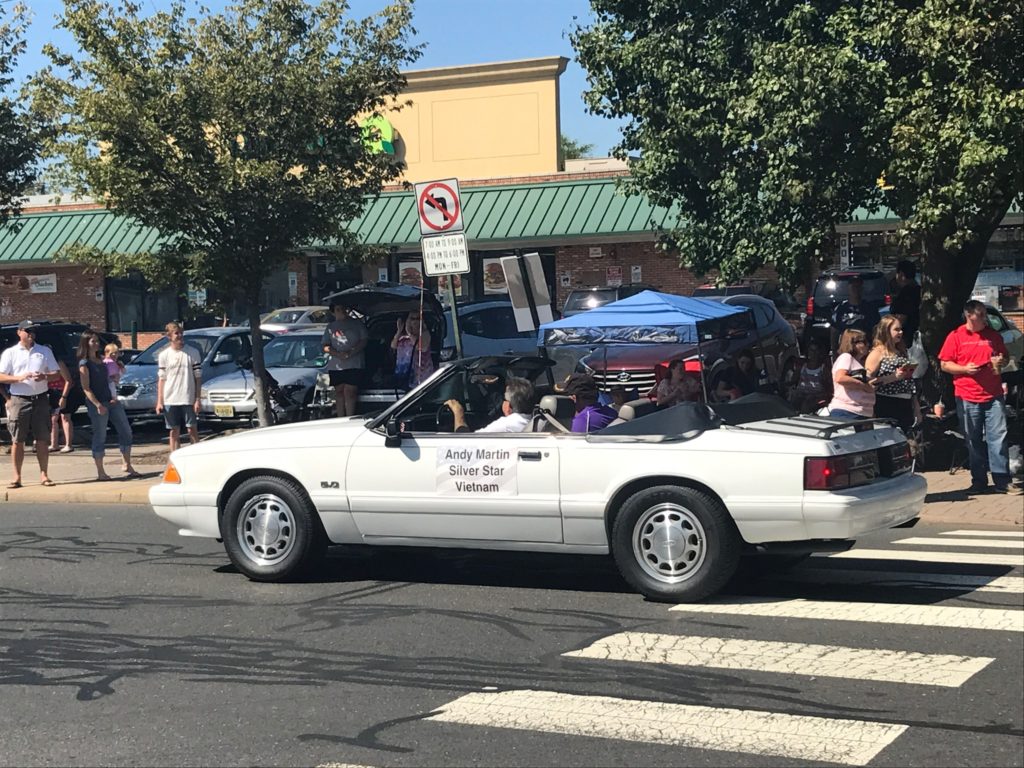
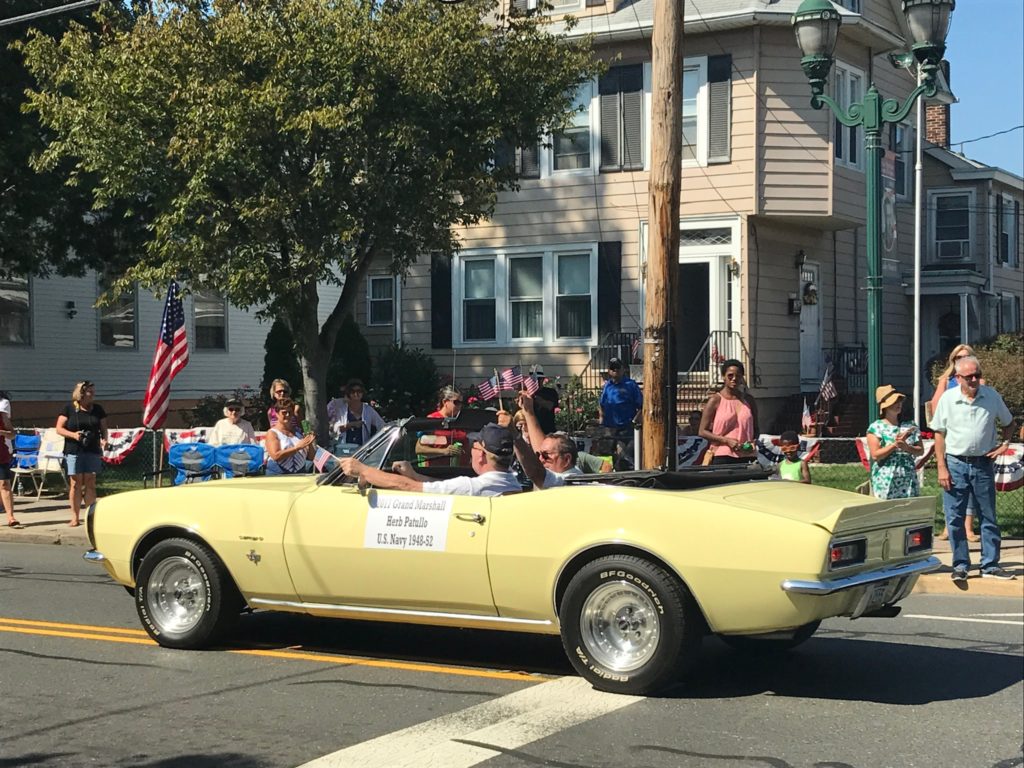

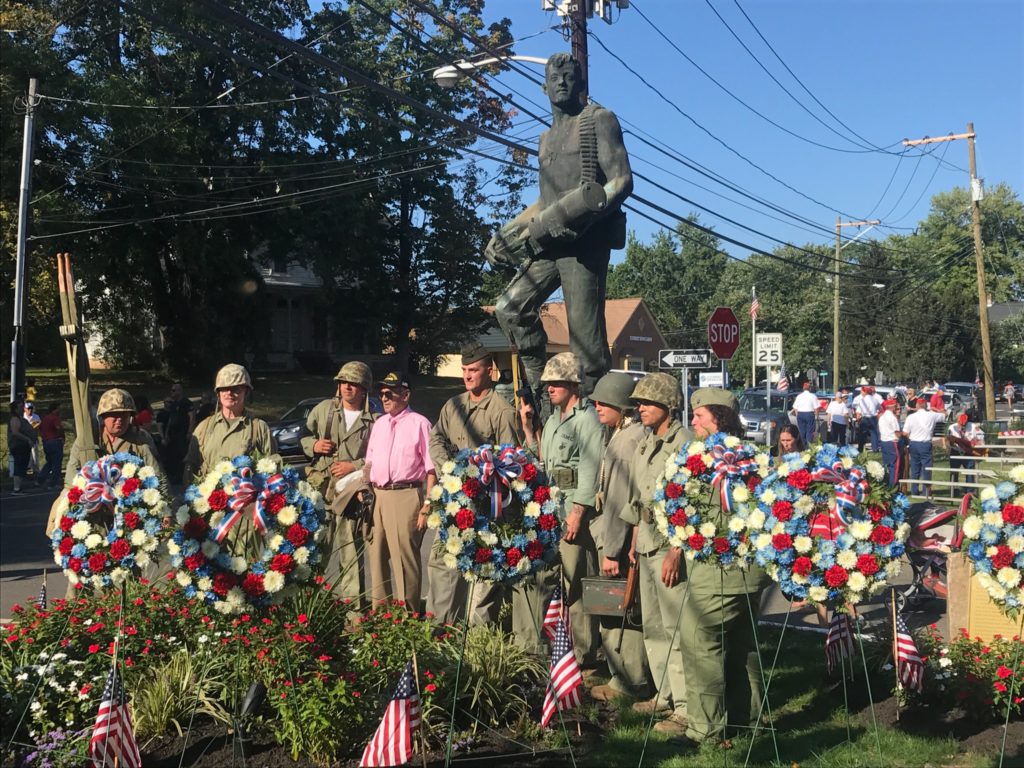
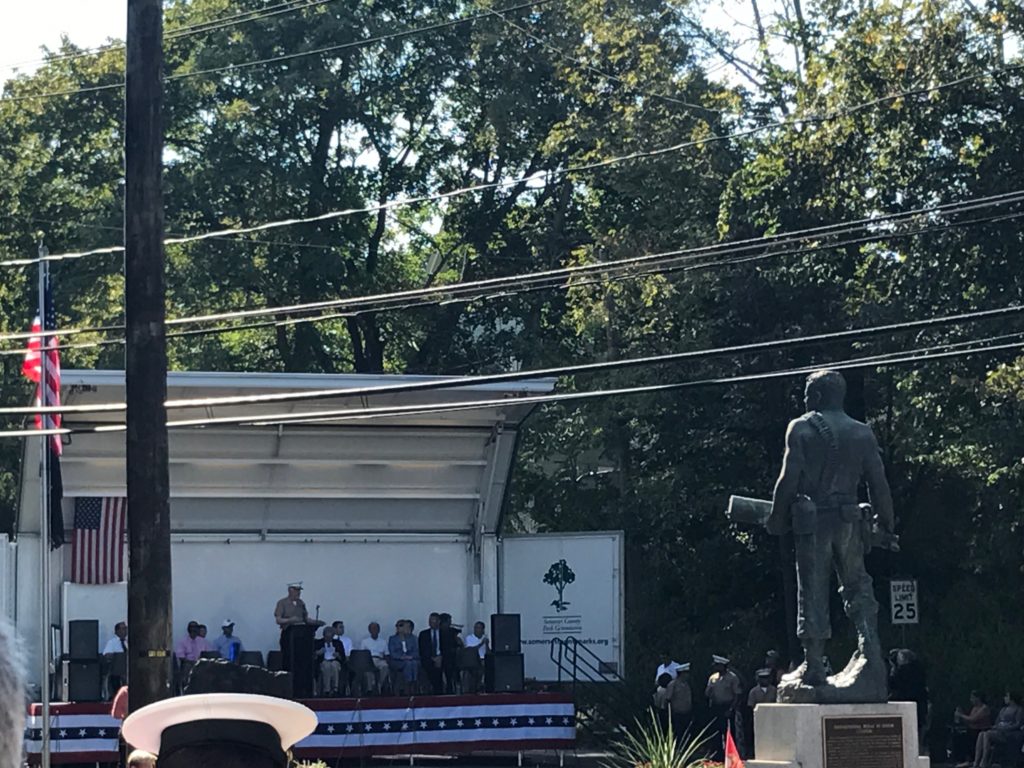
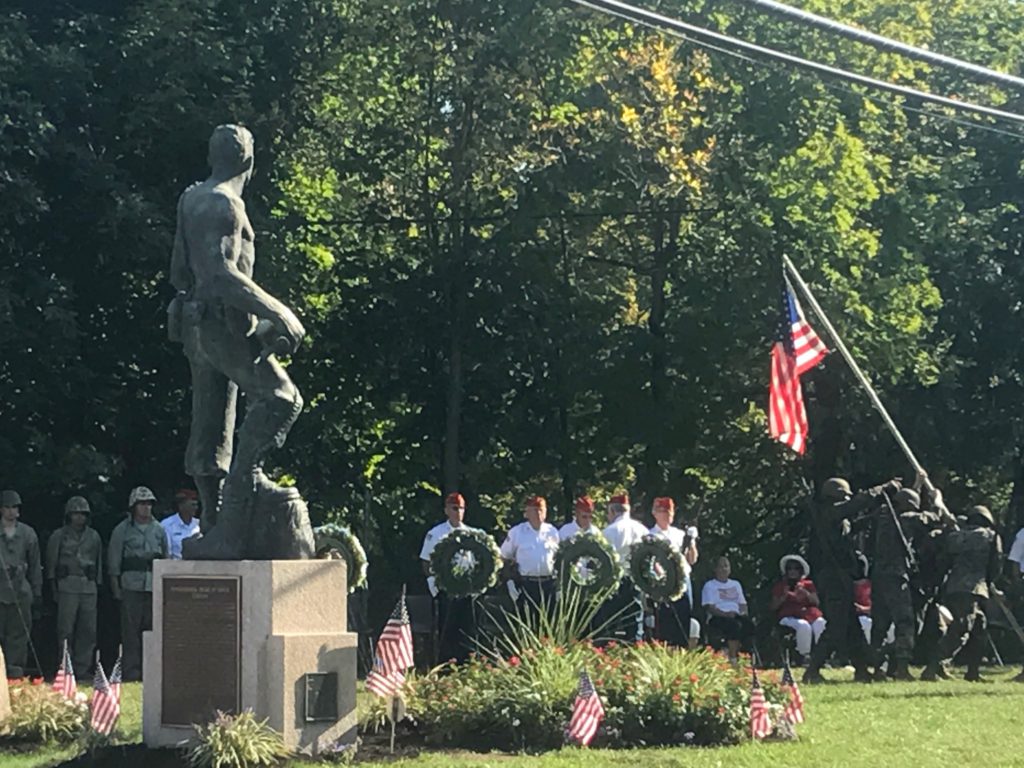

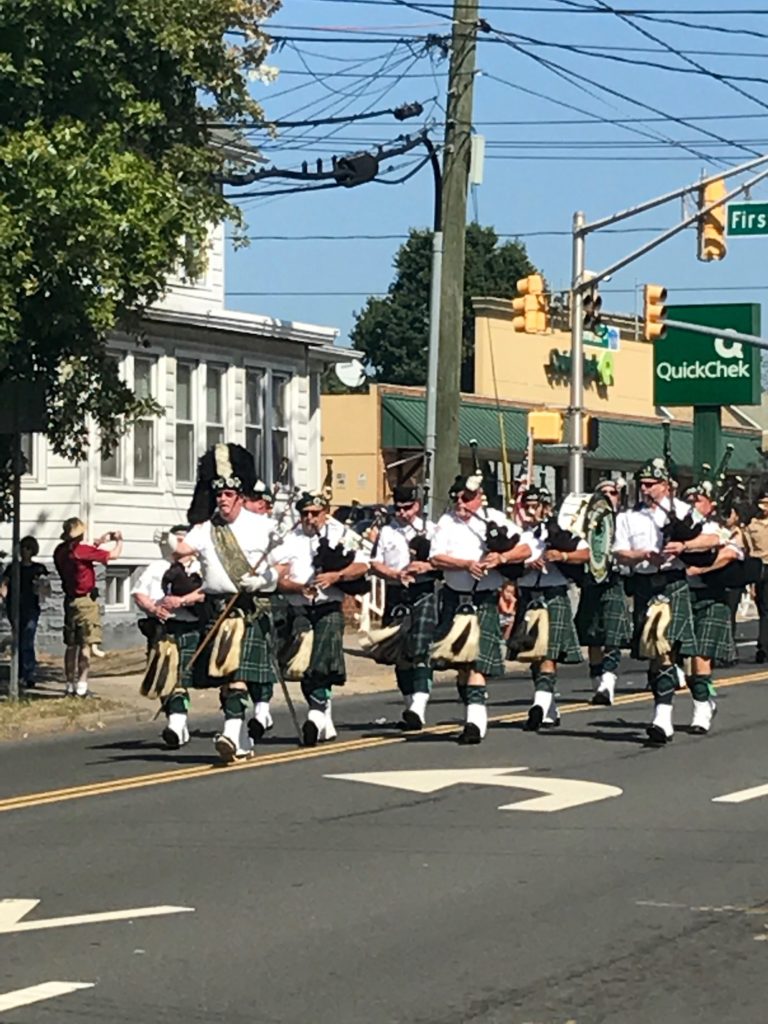


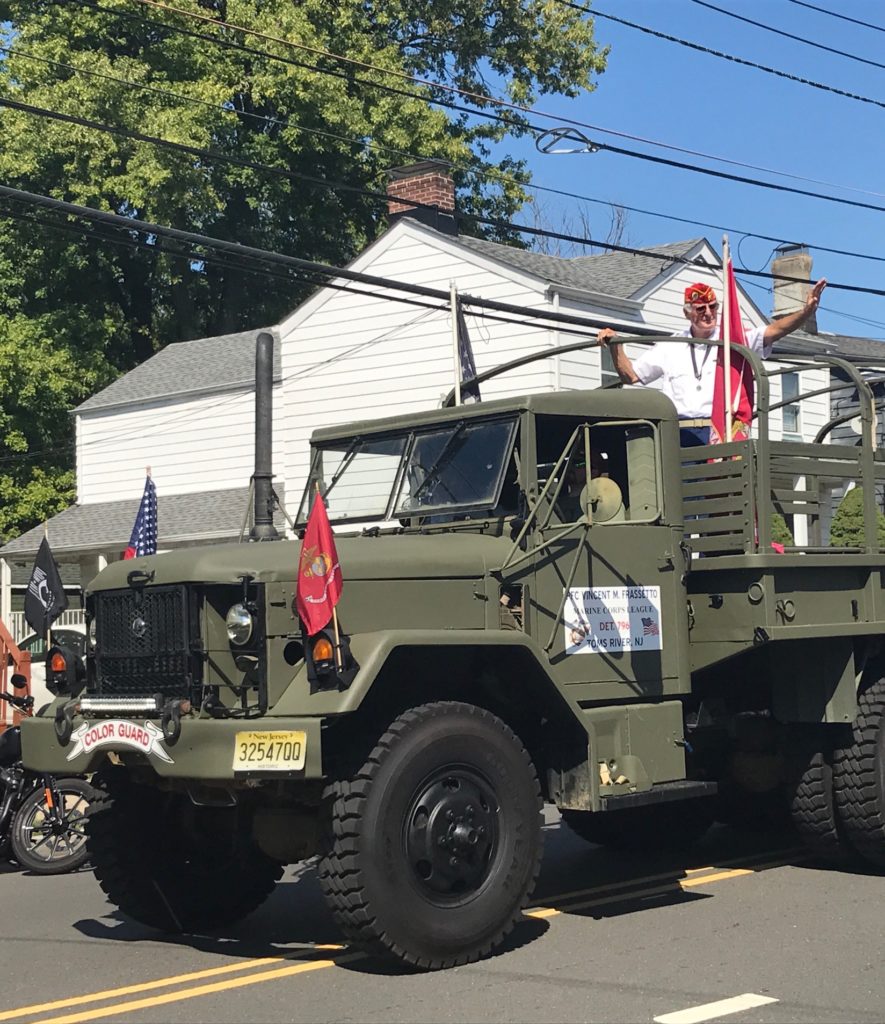
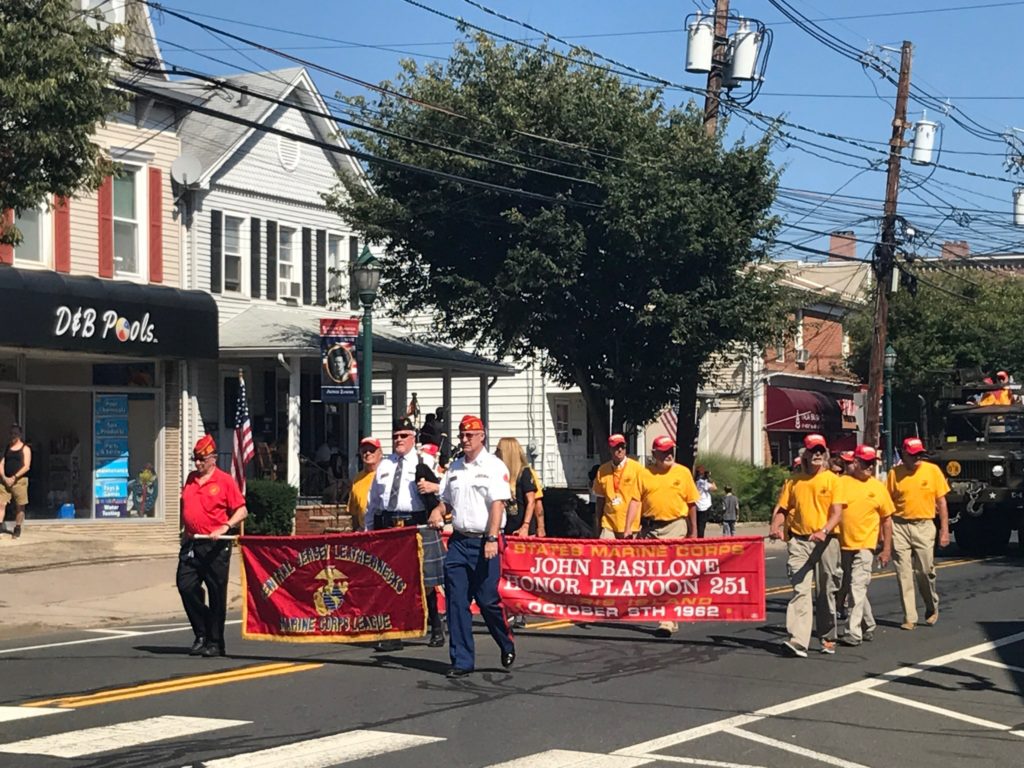

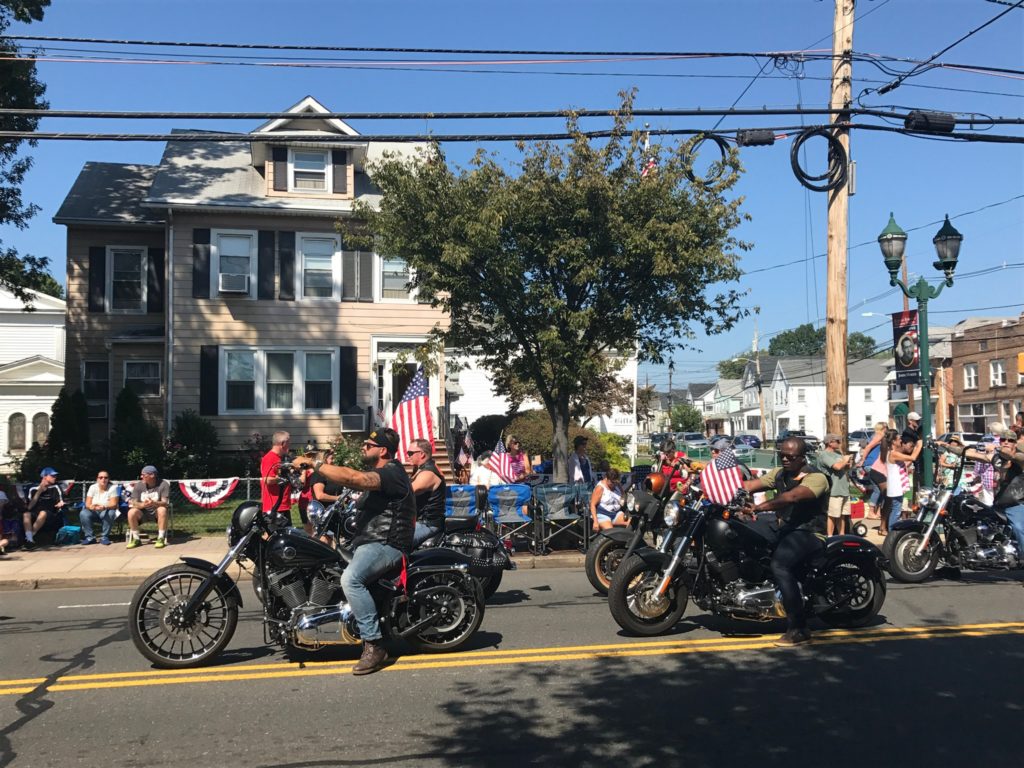
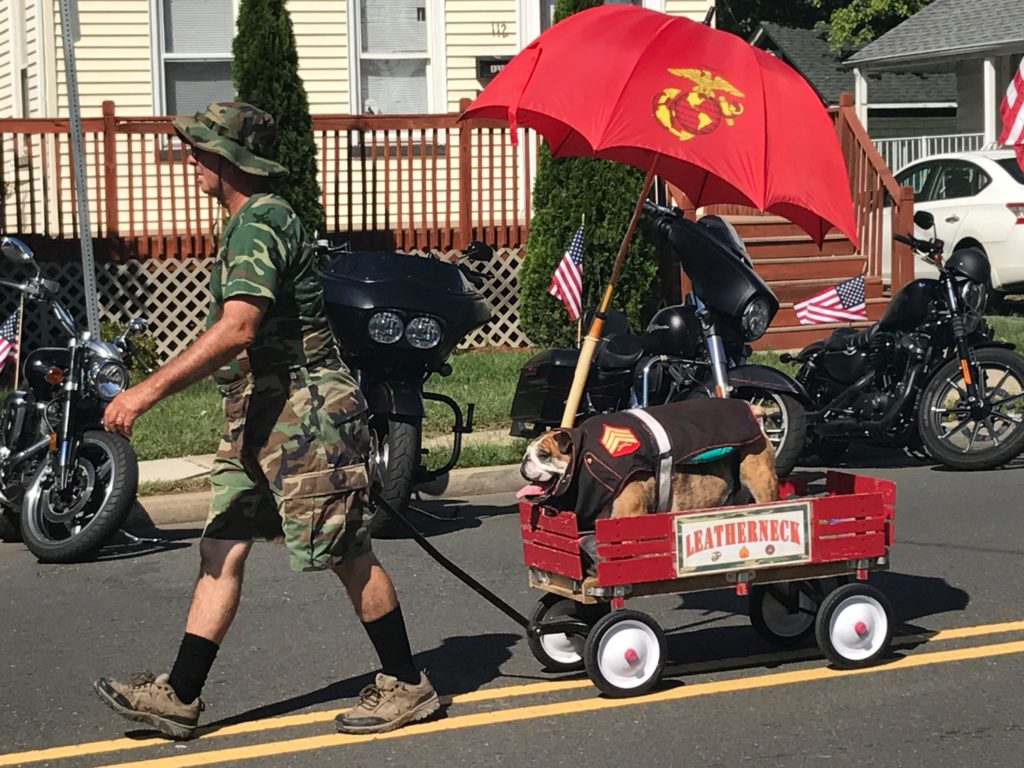
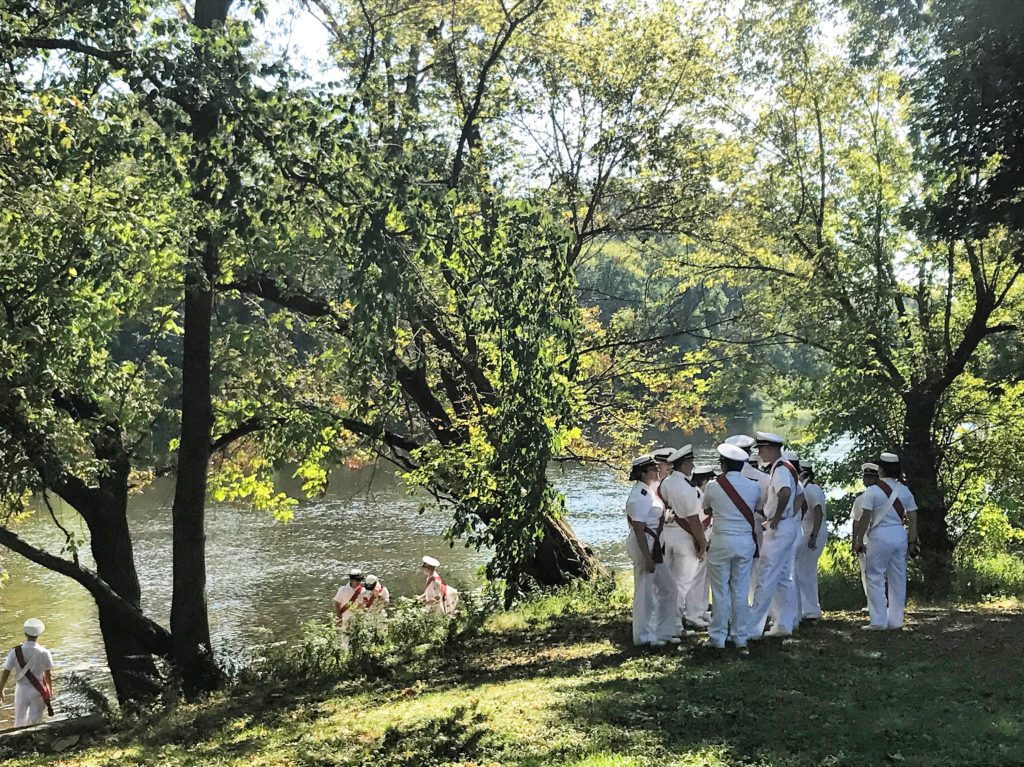

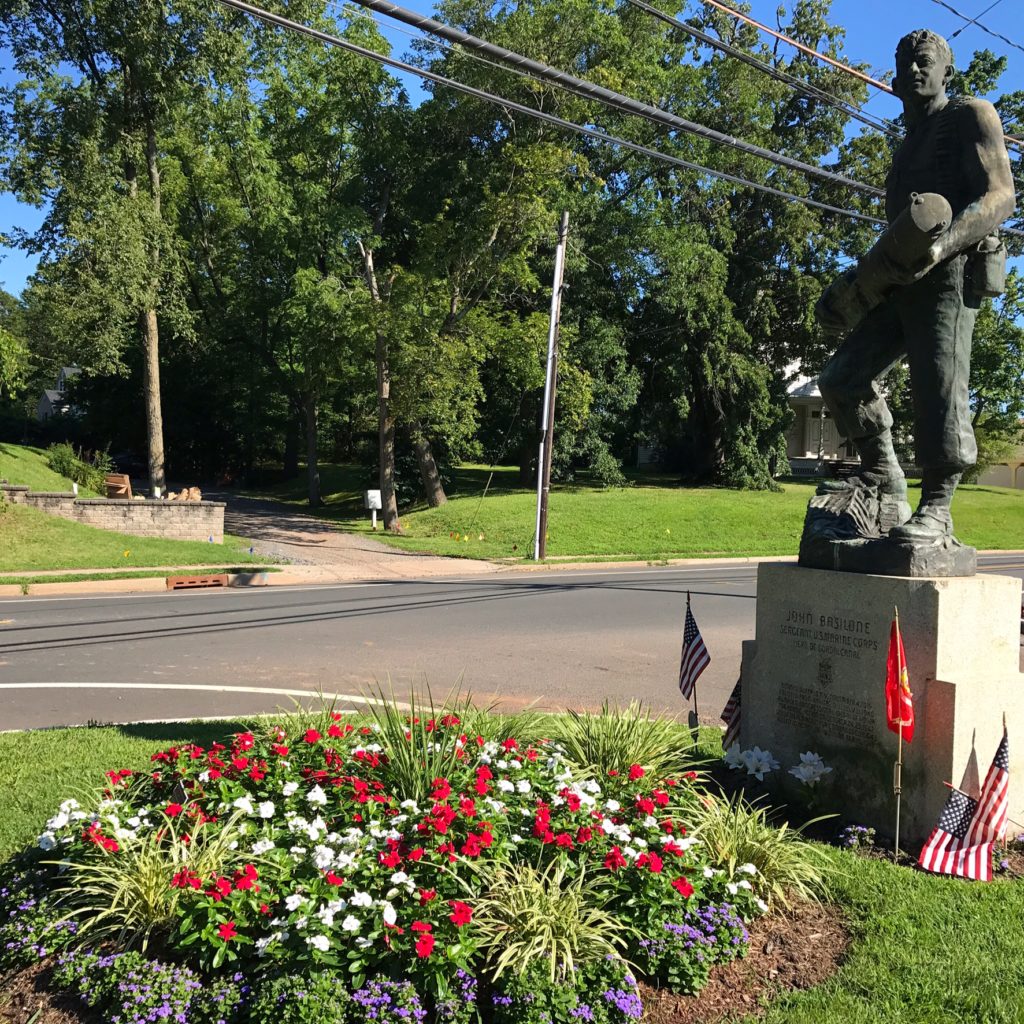
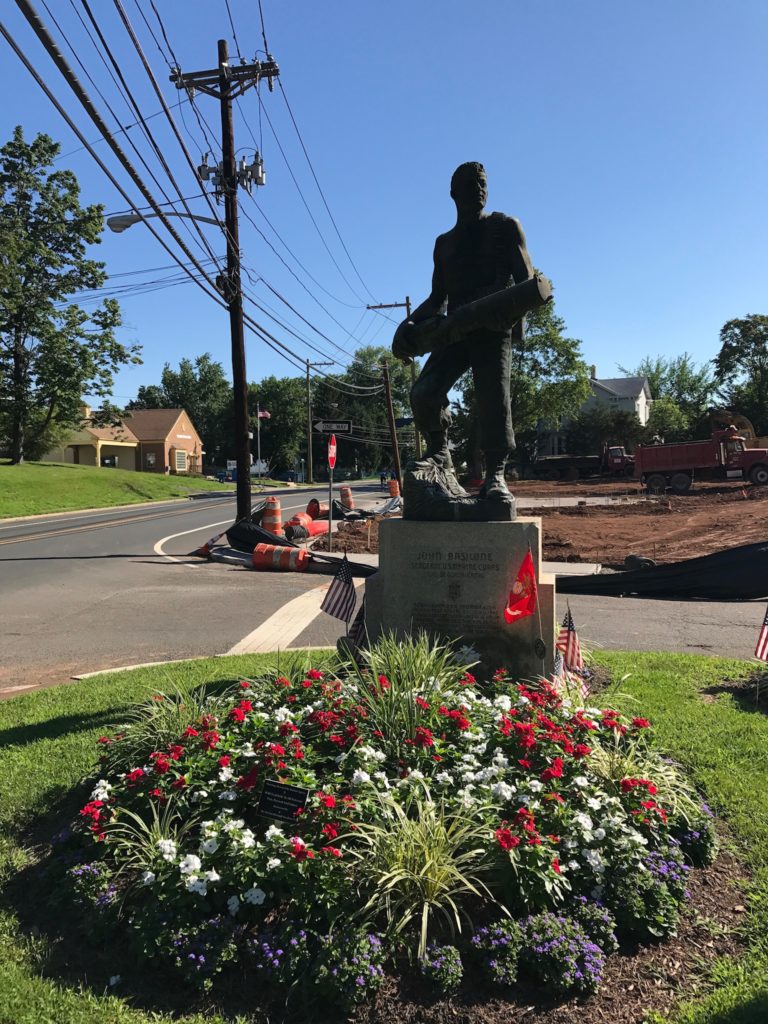
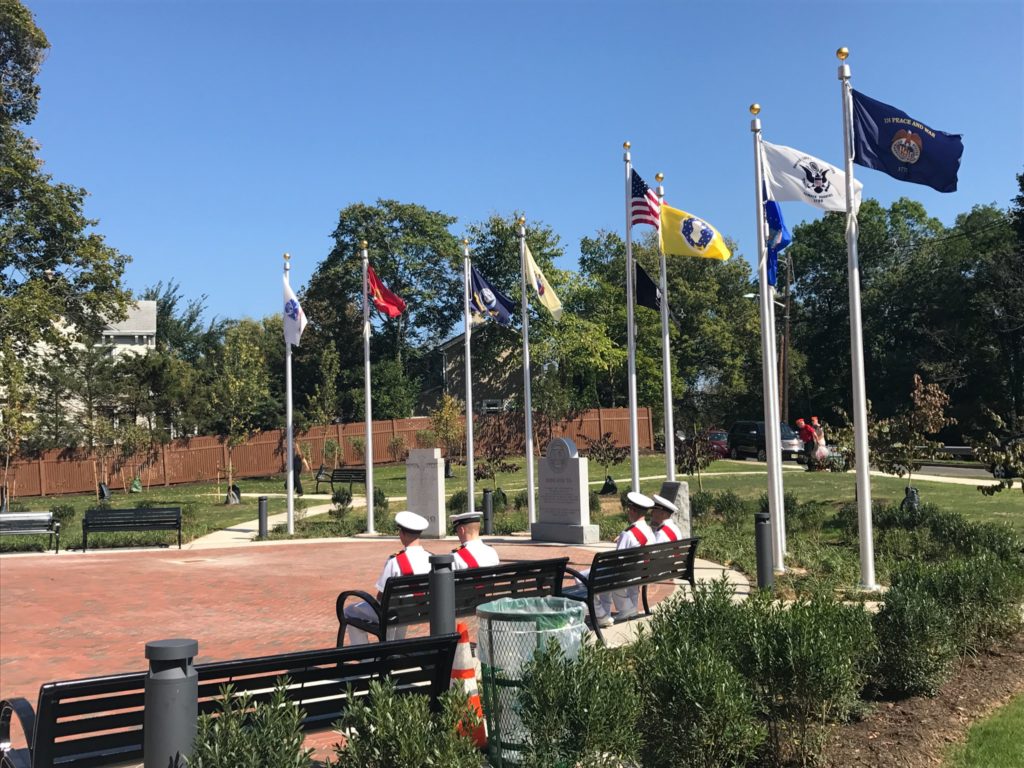
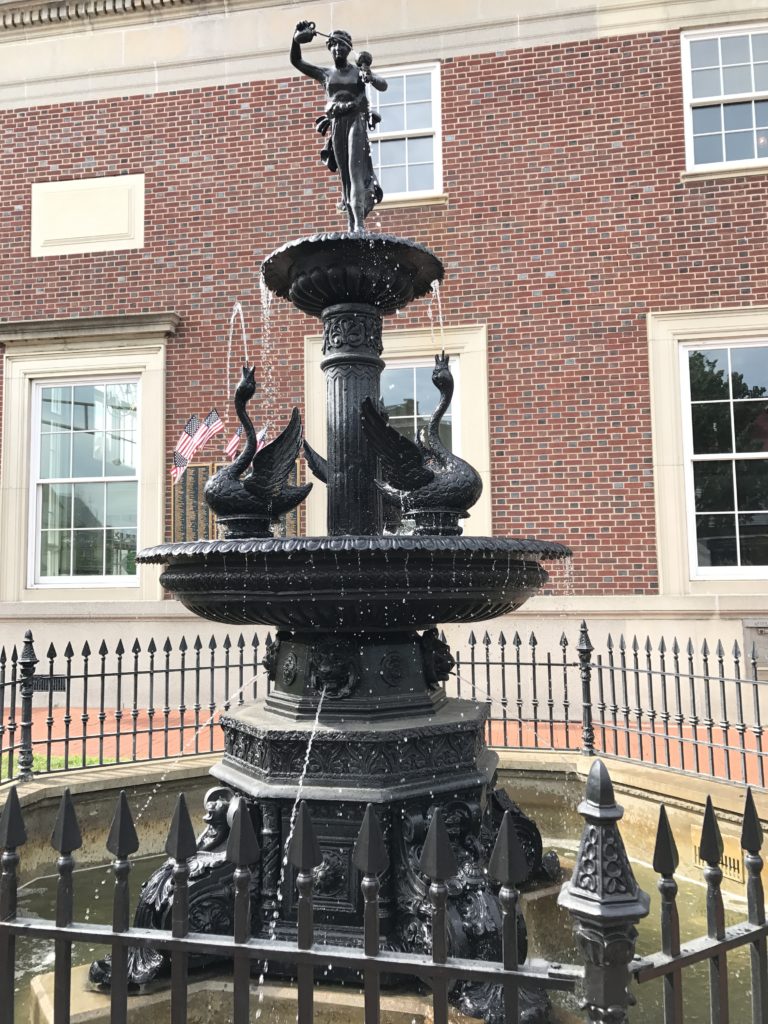 The American Legion Mount Holly Post 11’s beautiful 89th ceremony honoring
The American Legion Mount Holly Post 11’s beautiful 89th ceremony honoring 